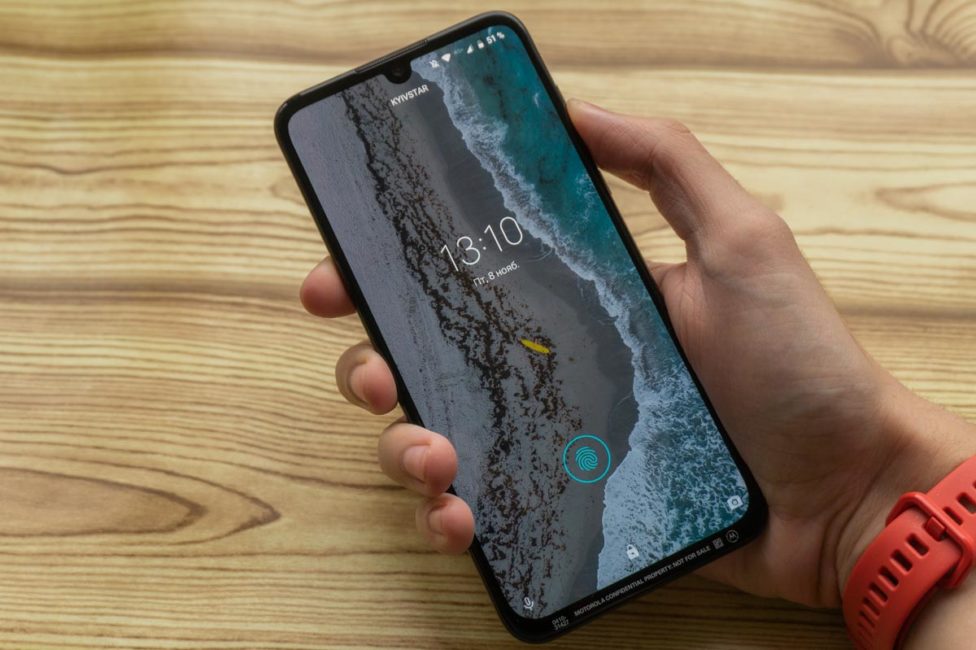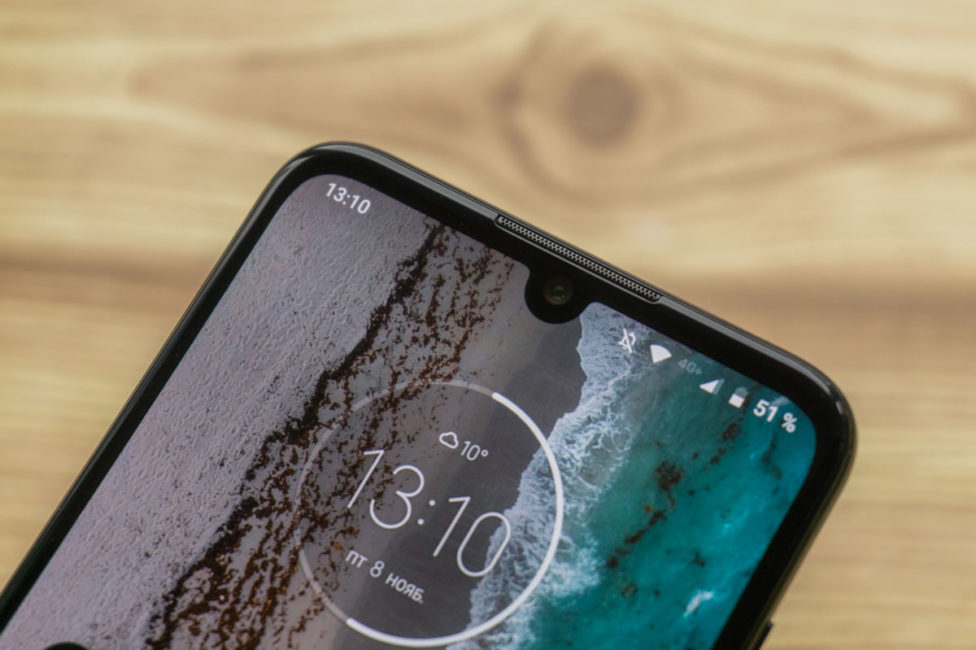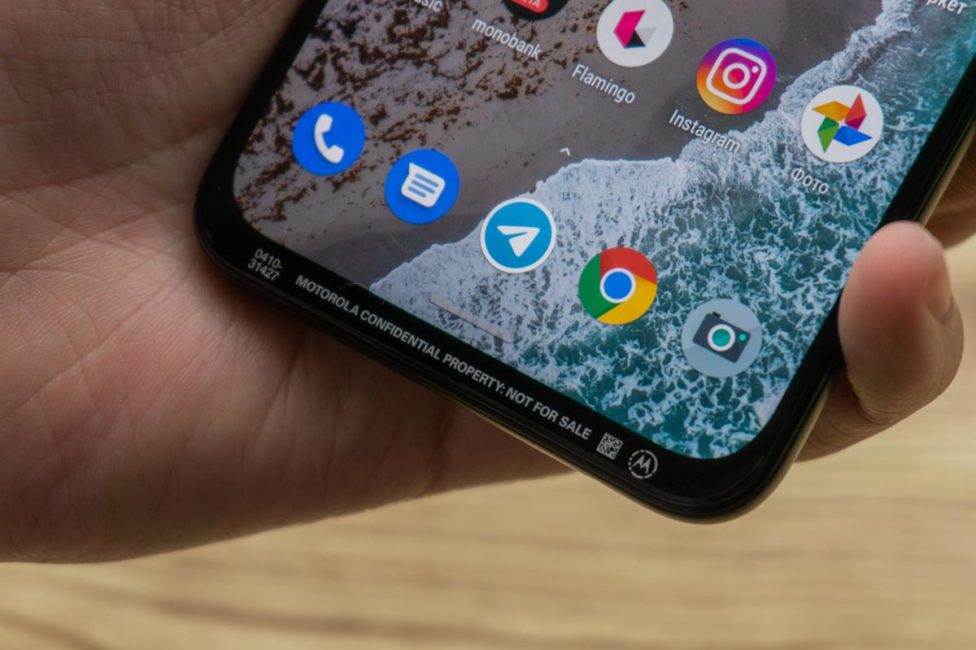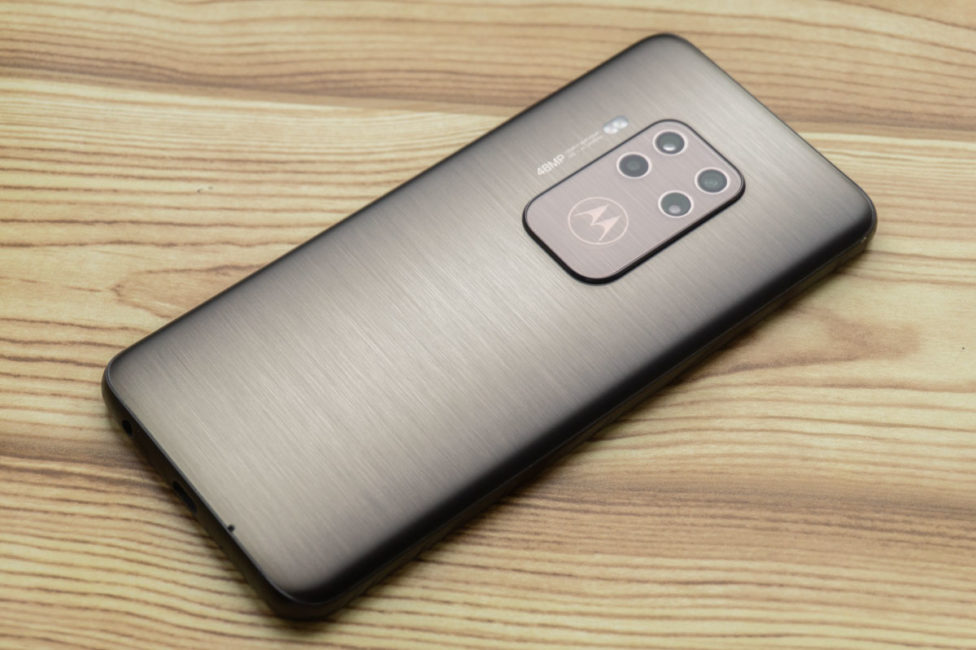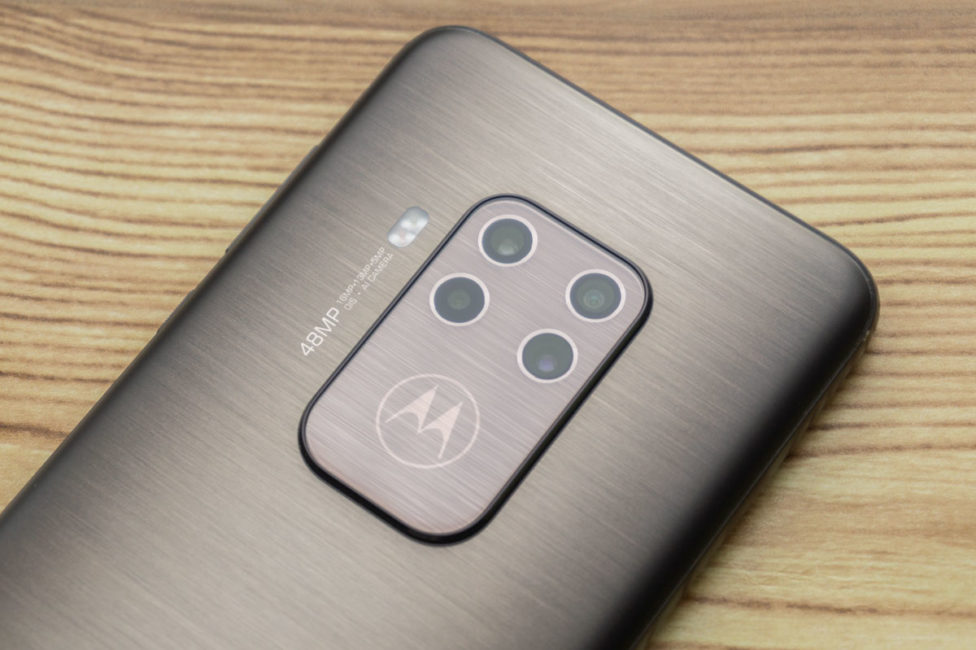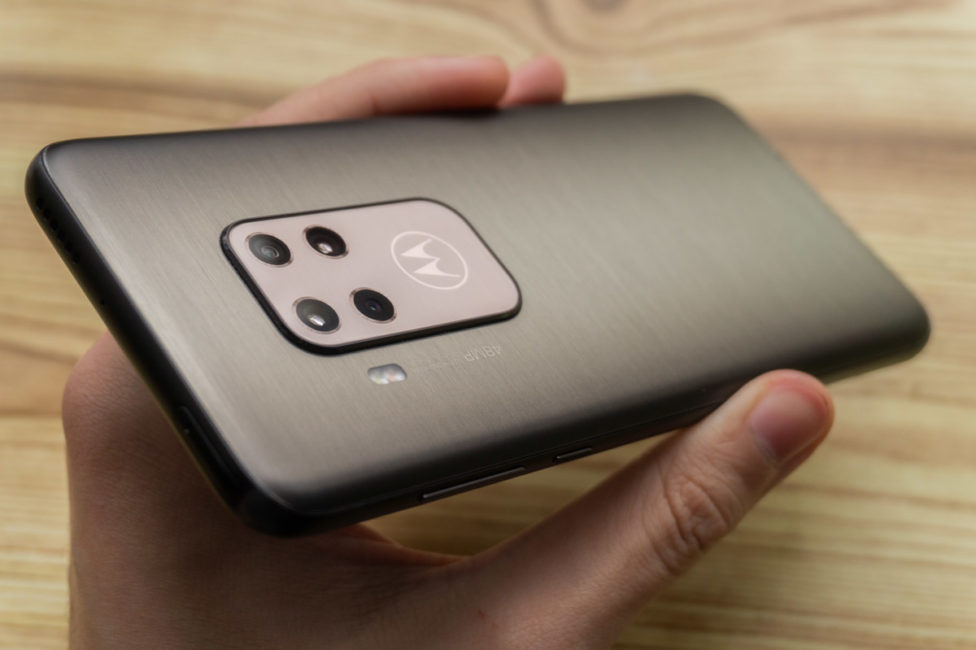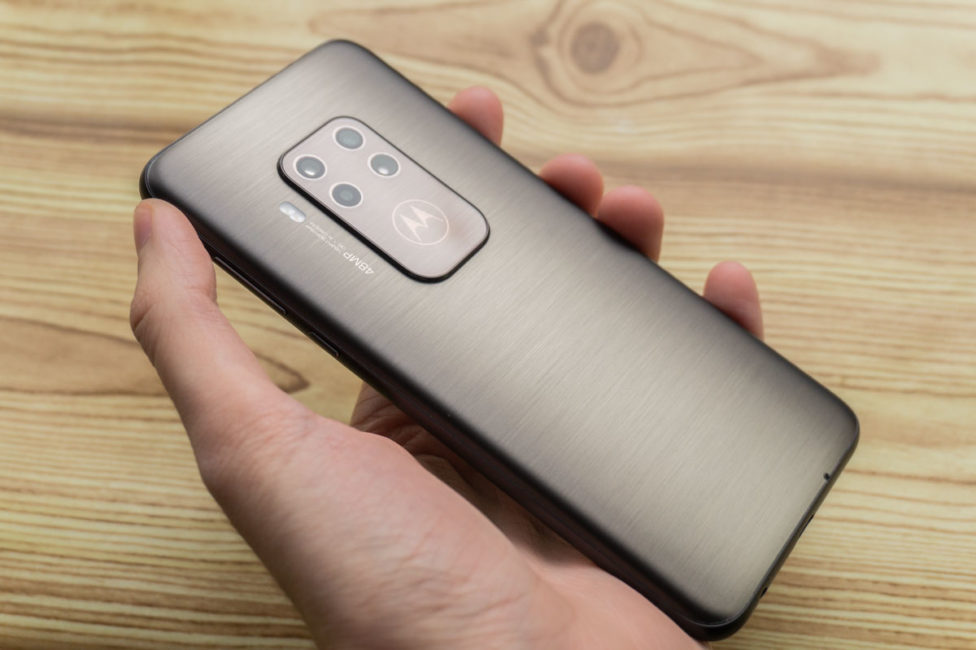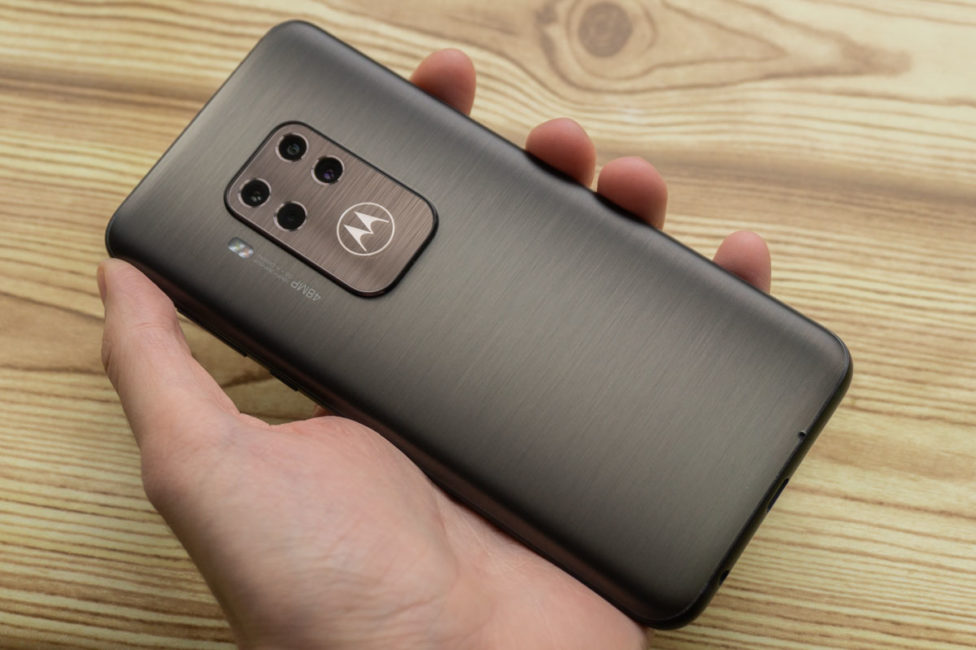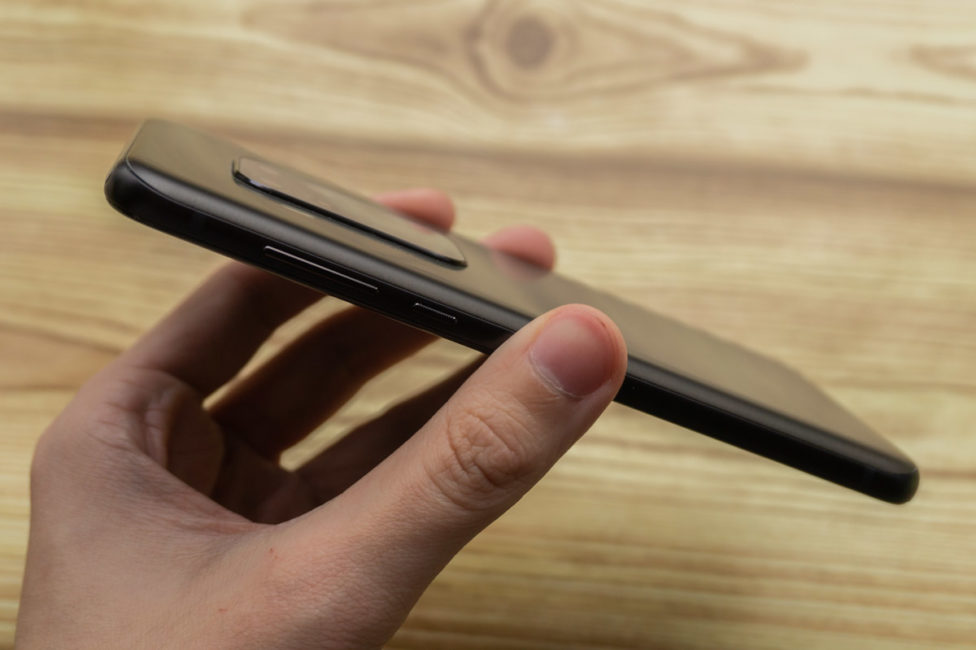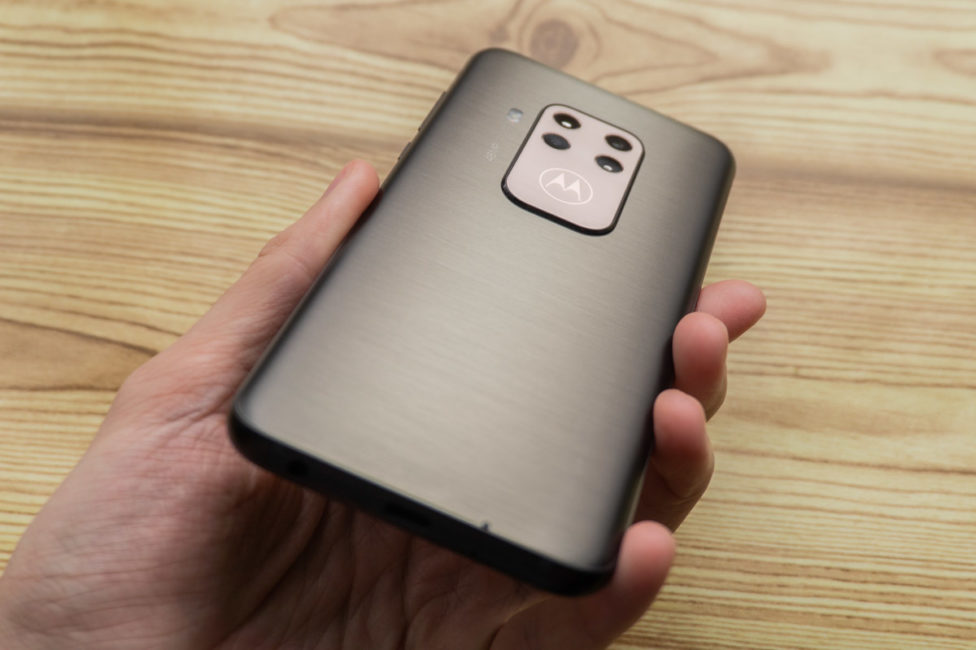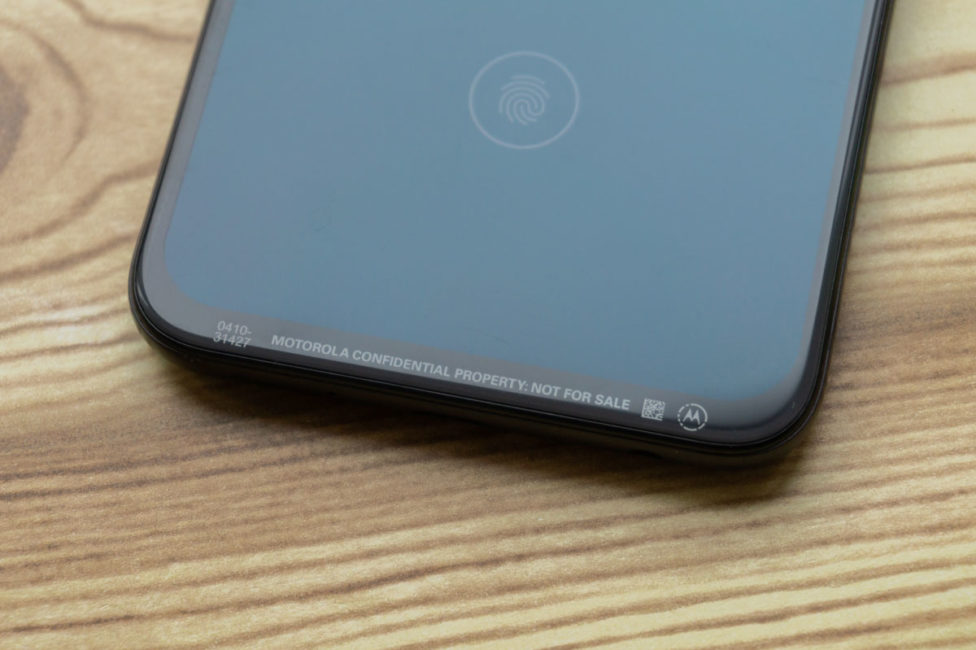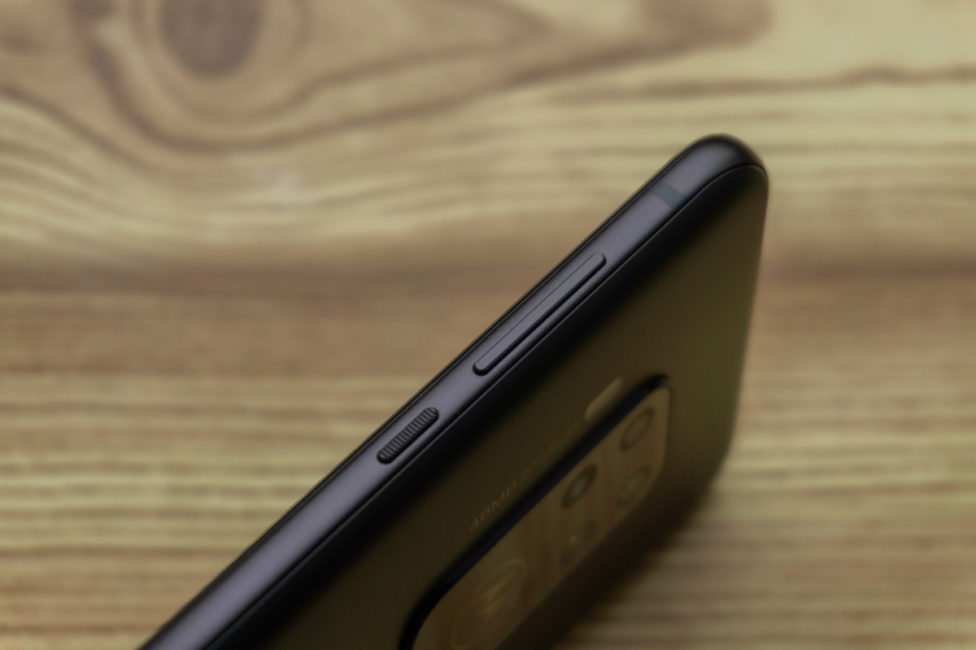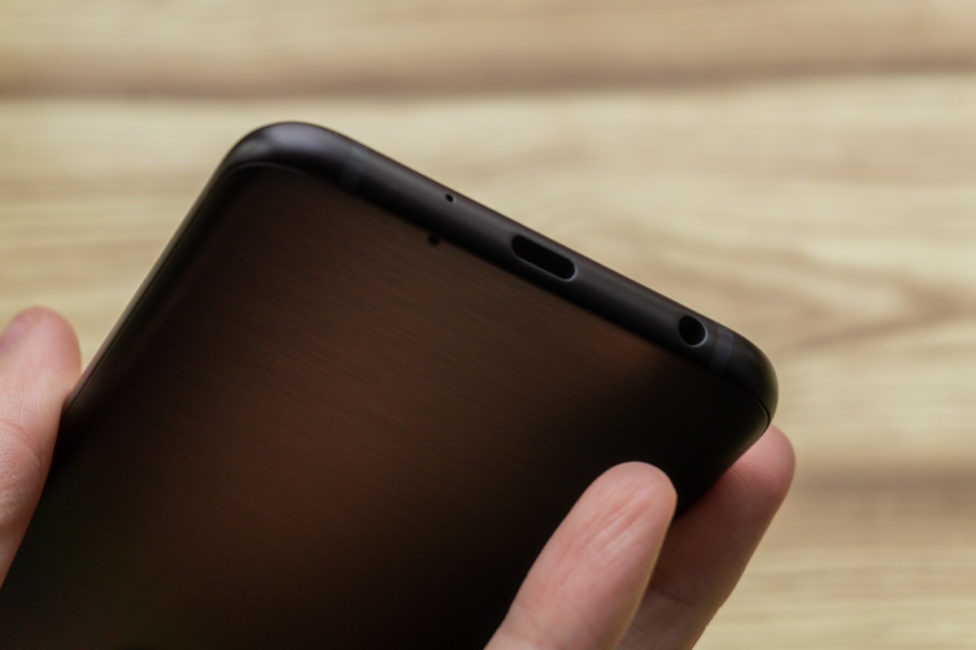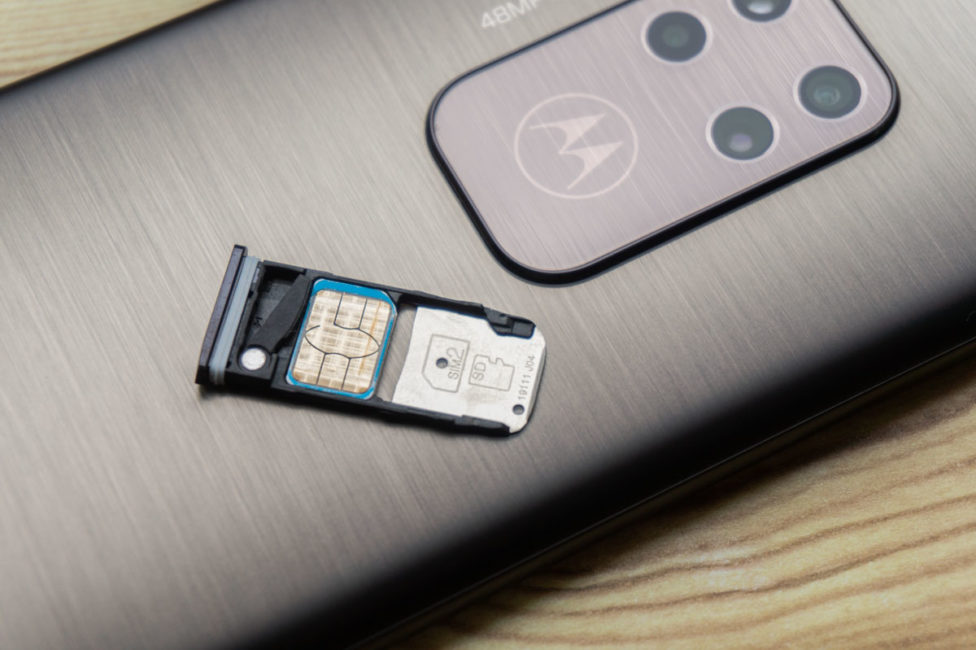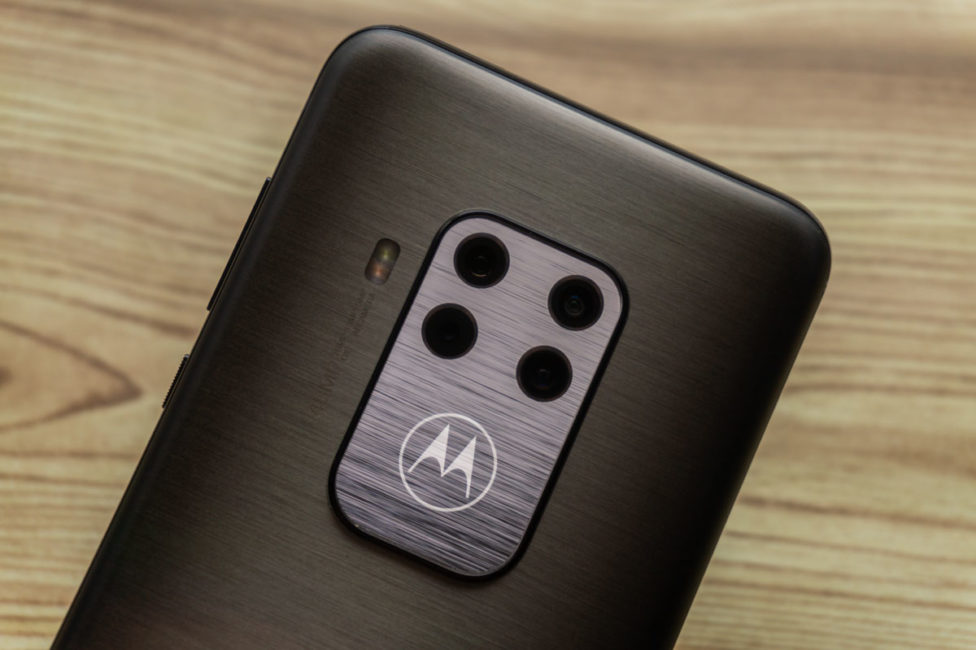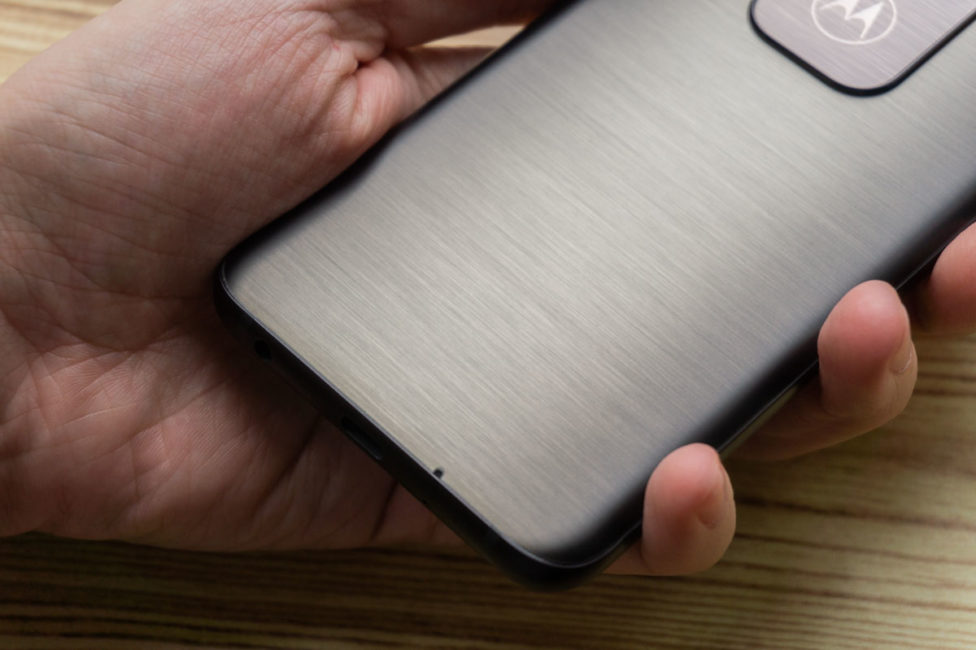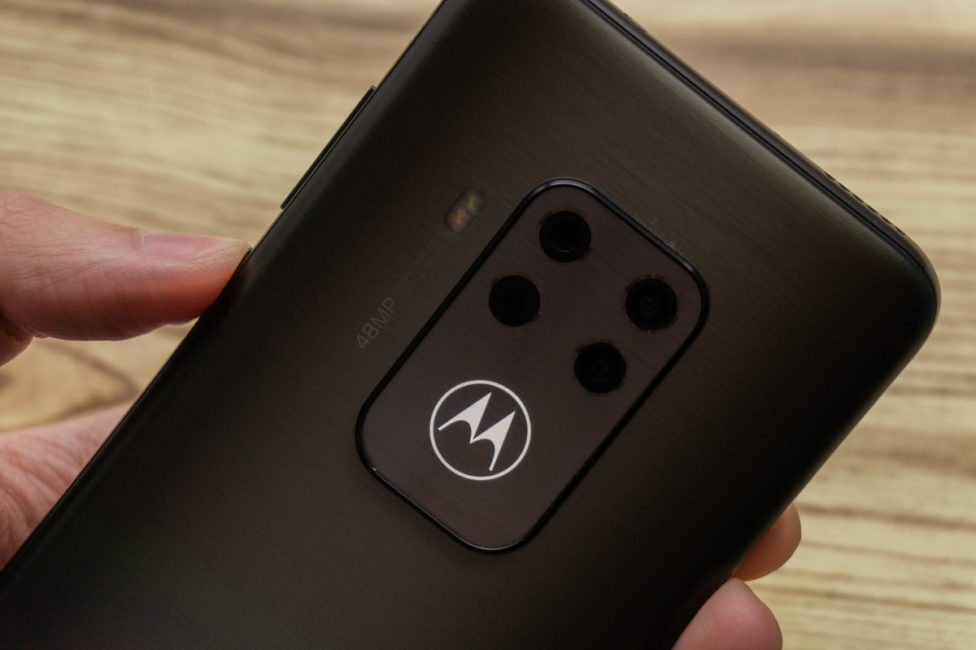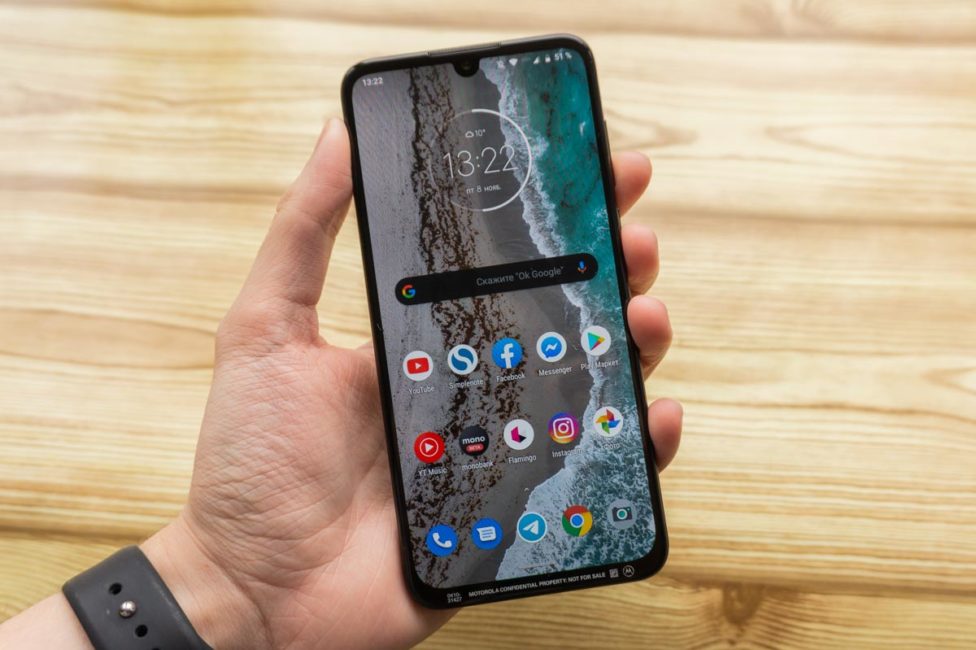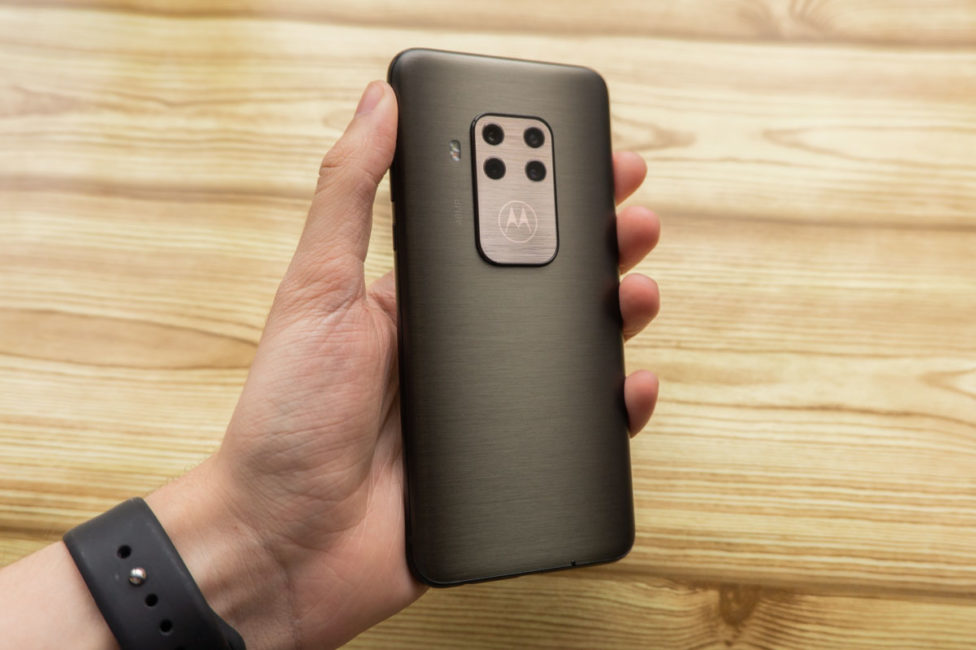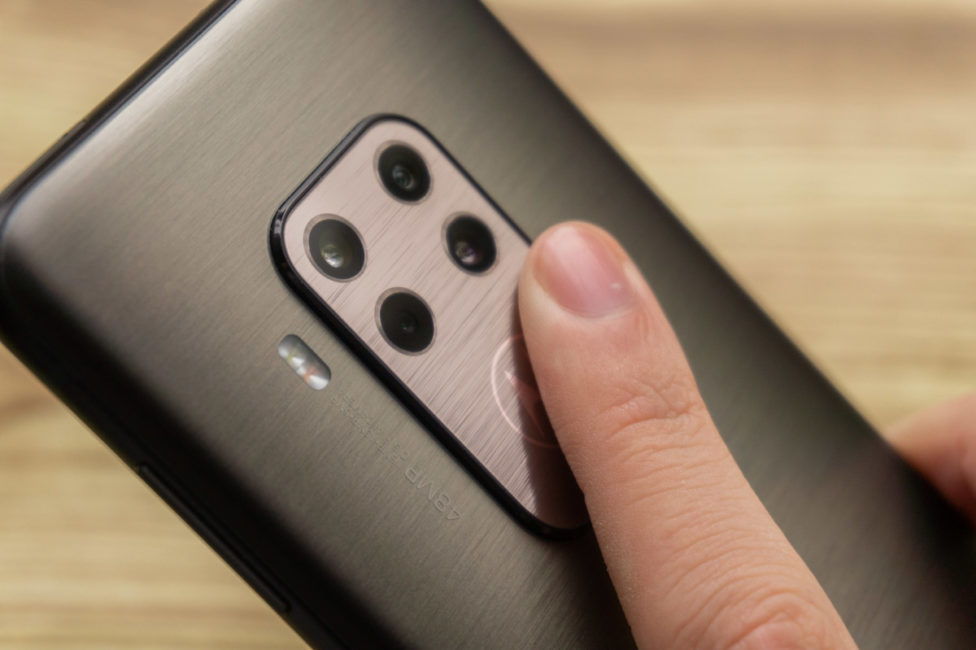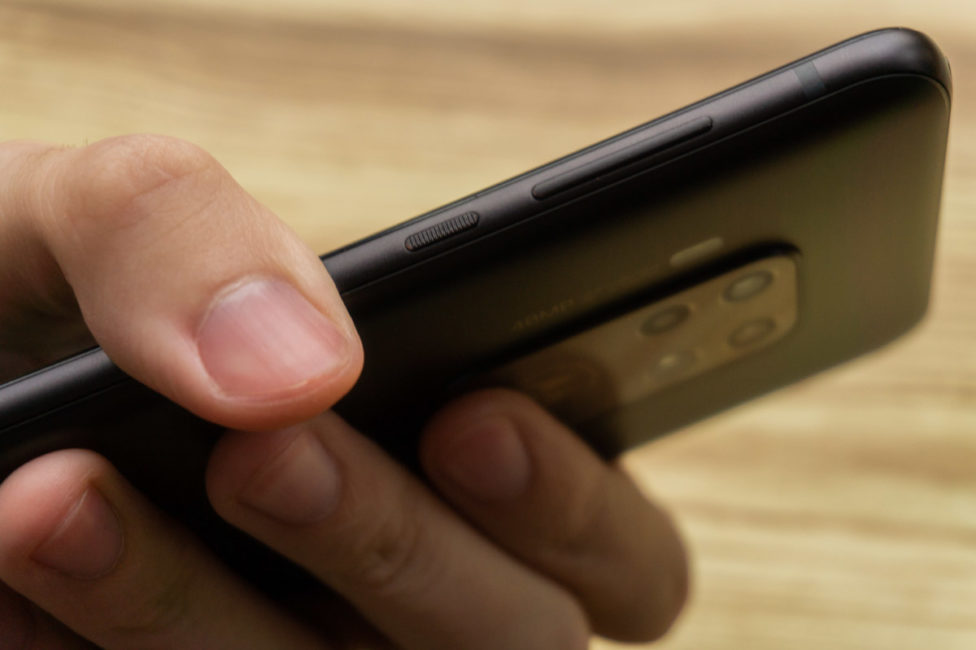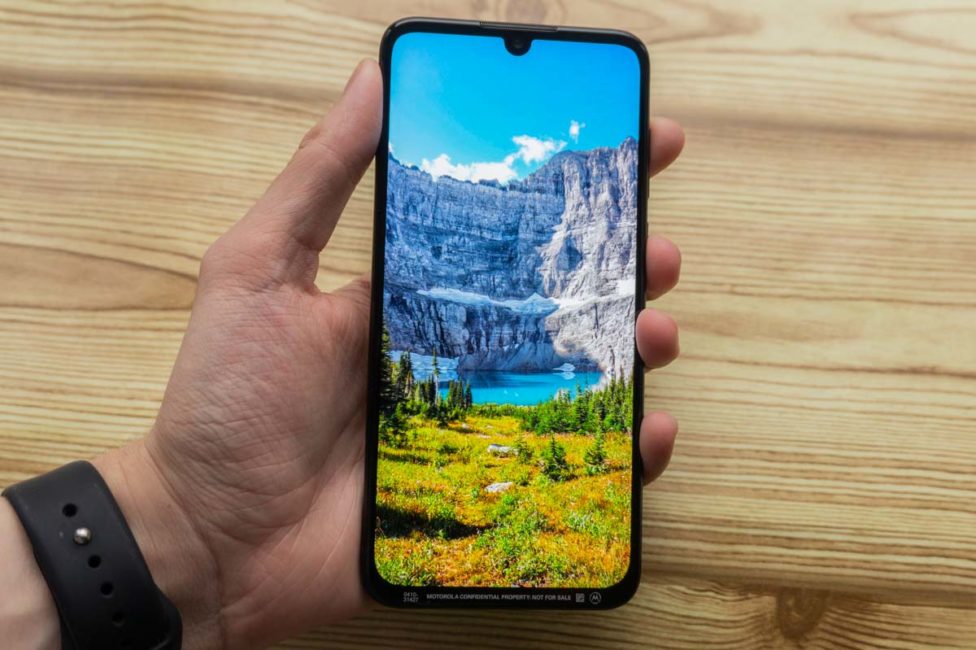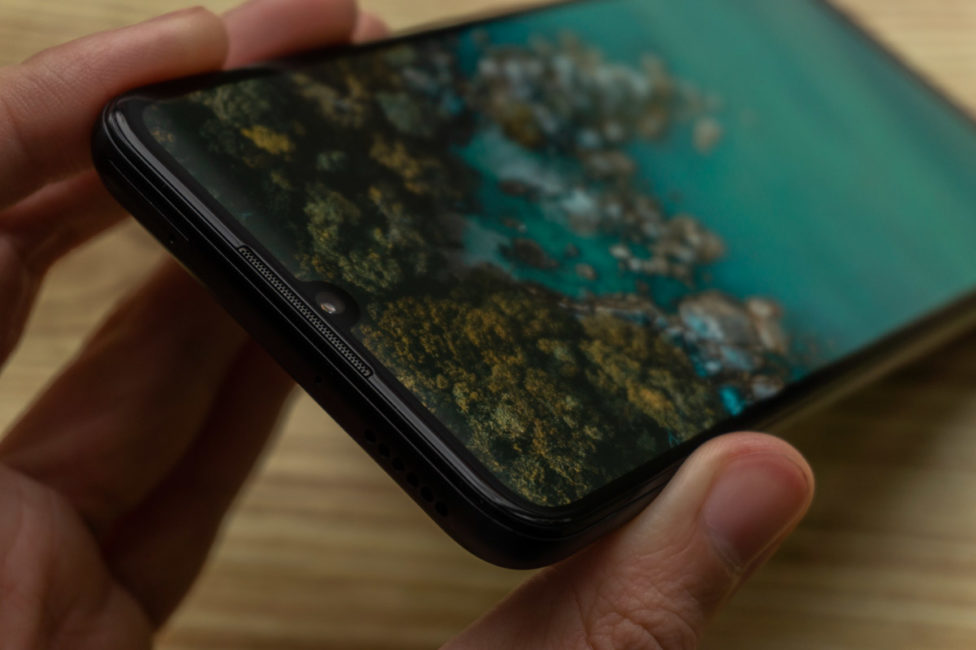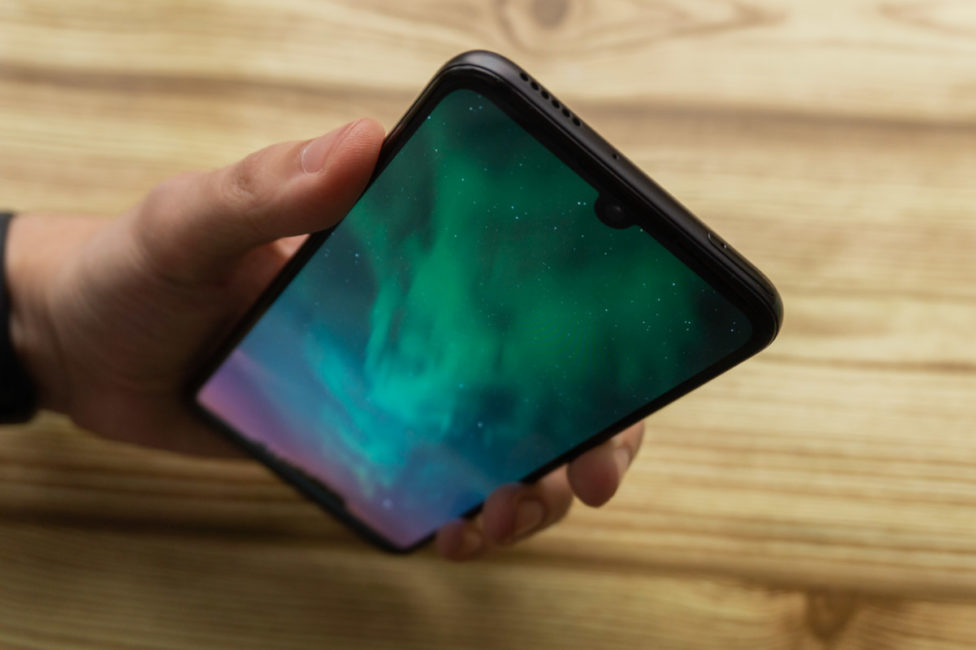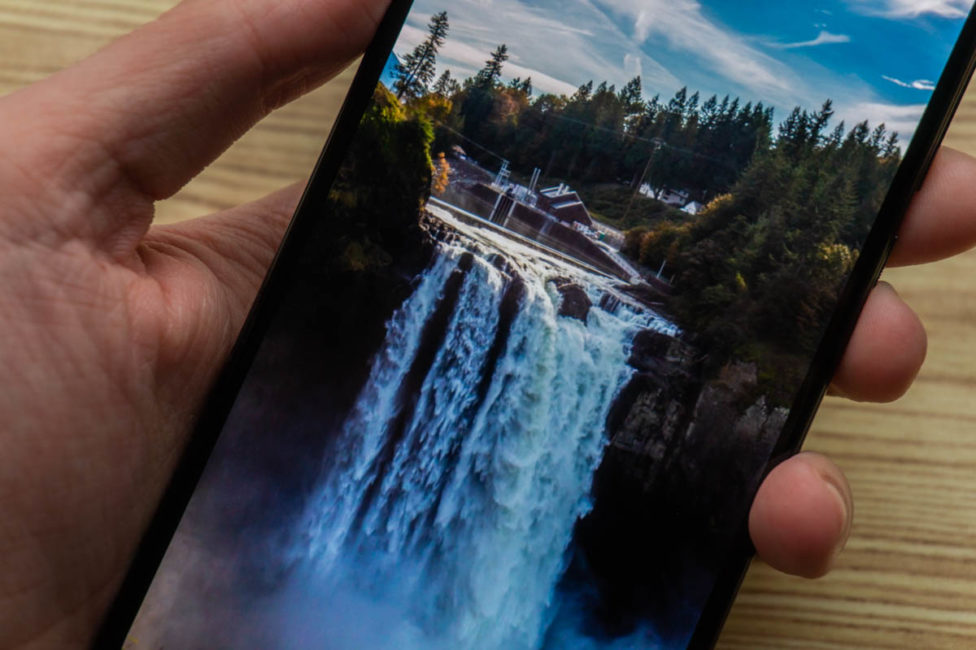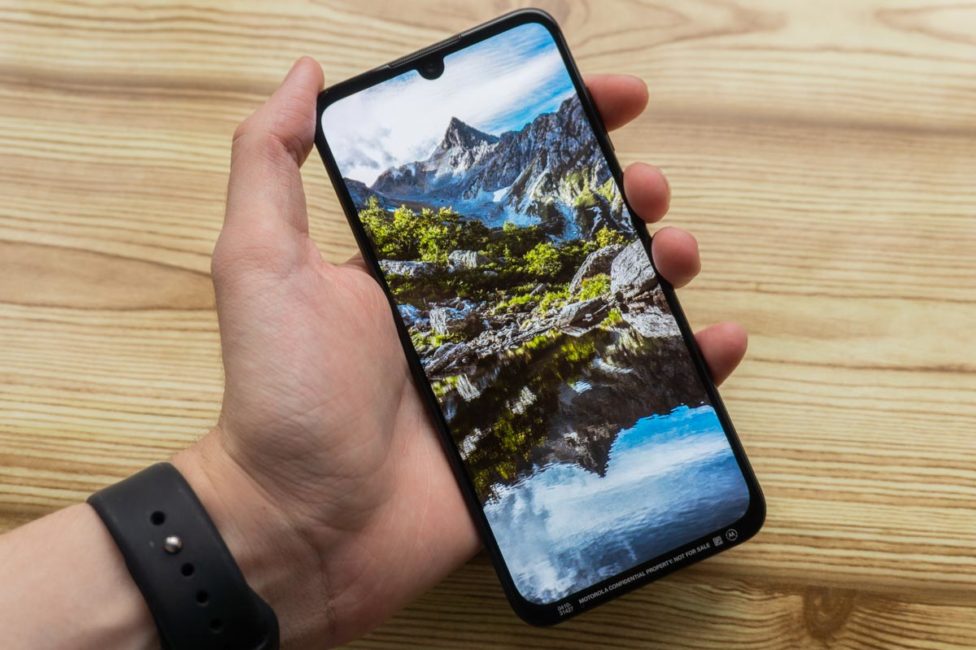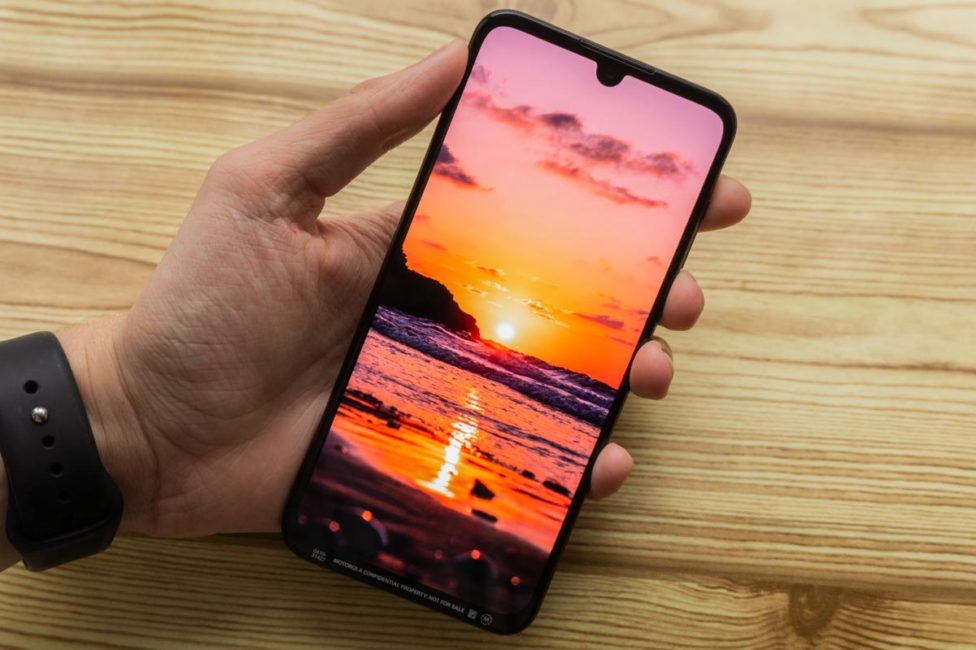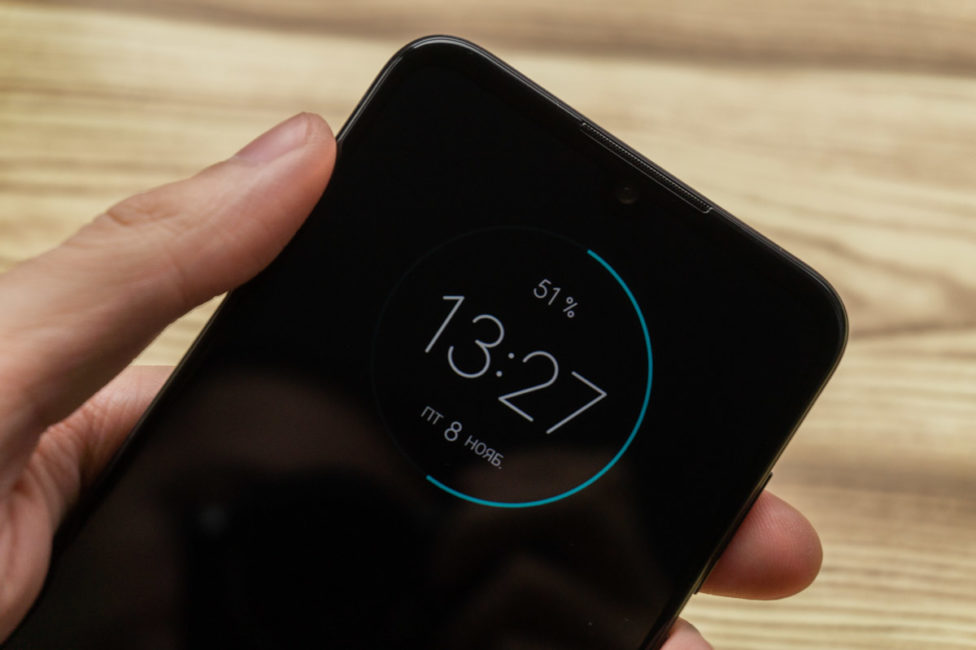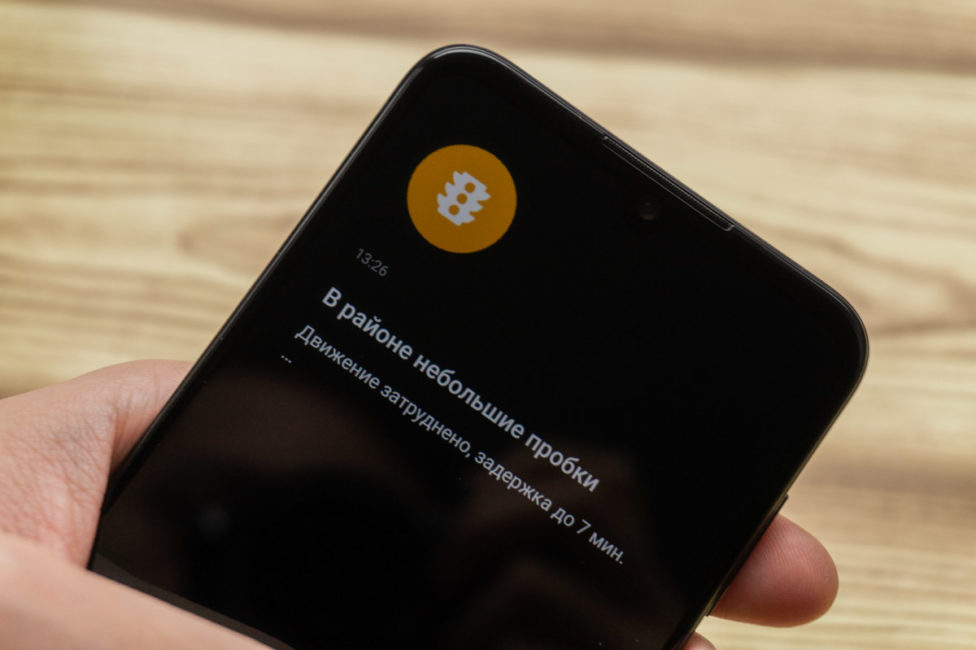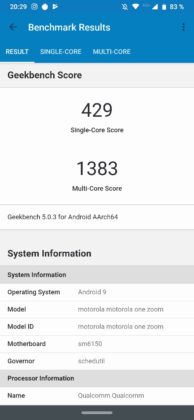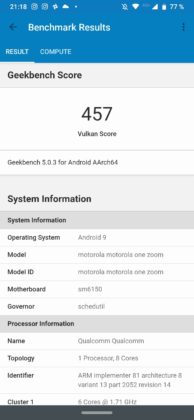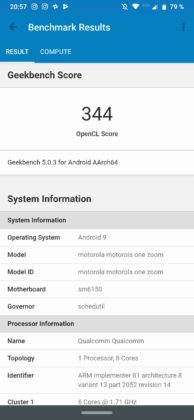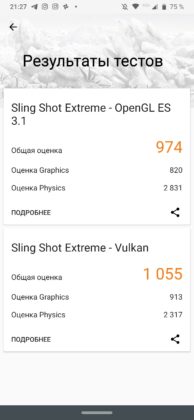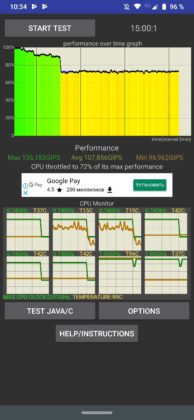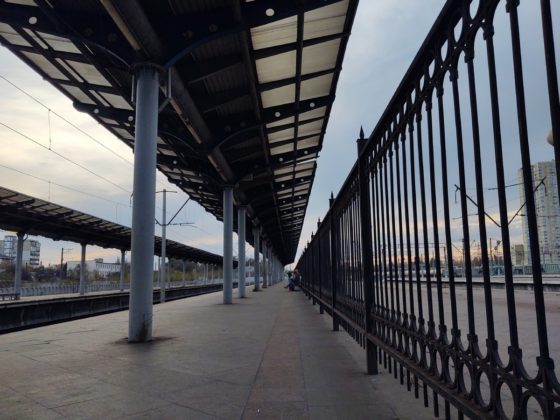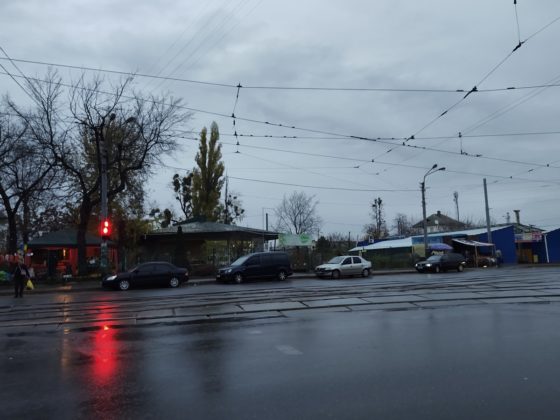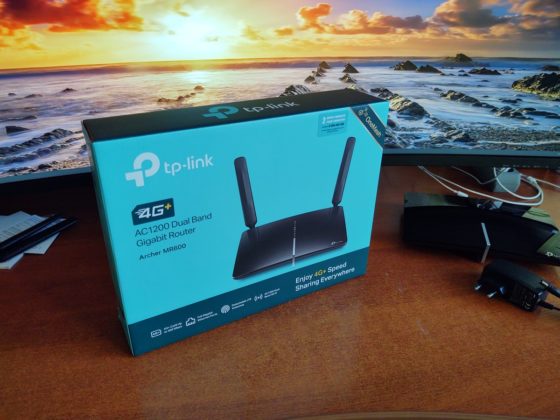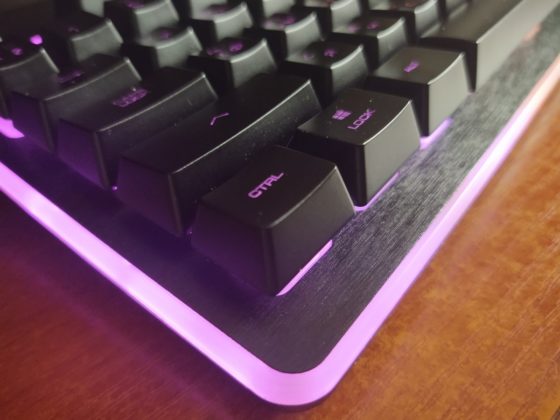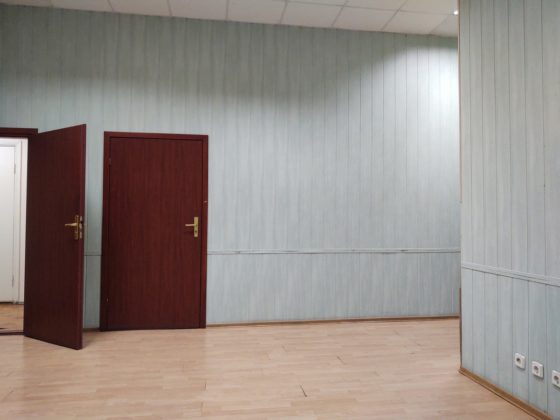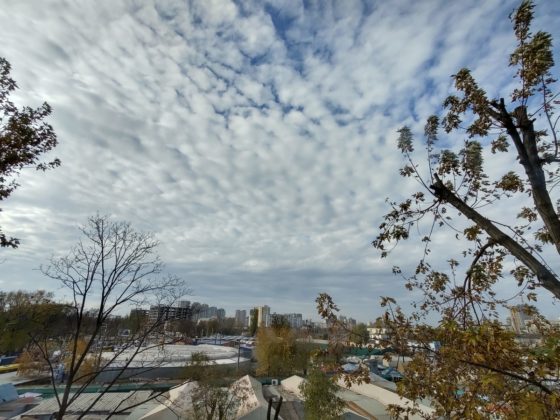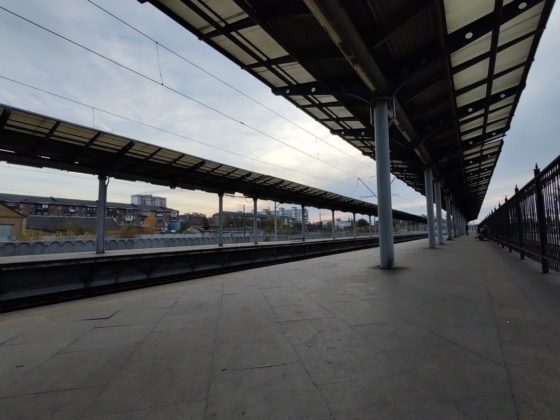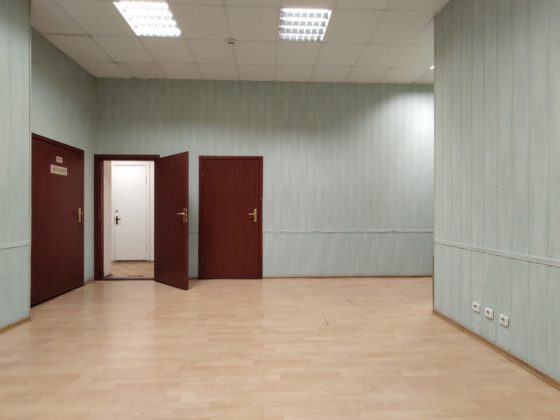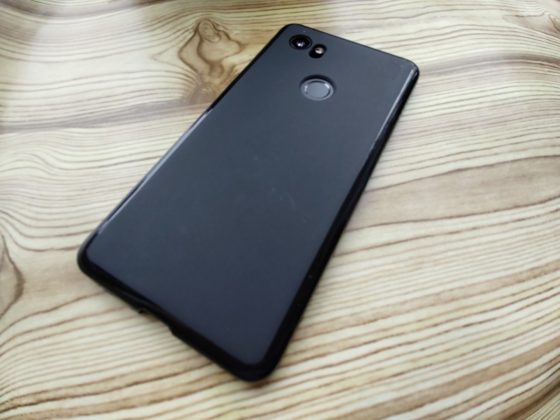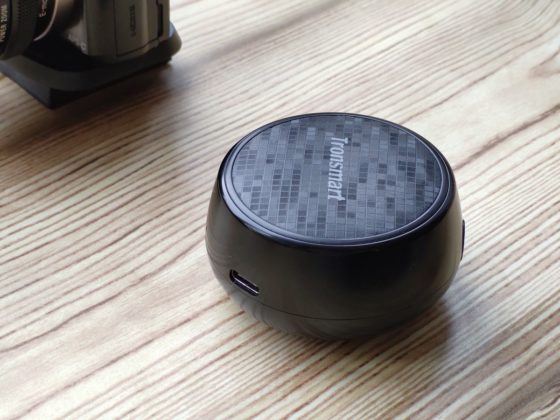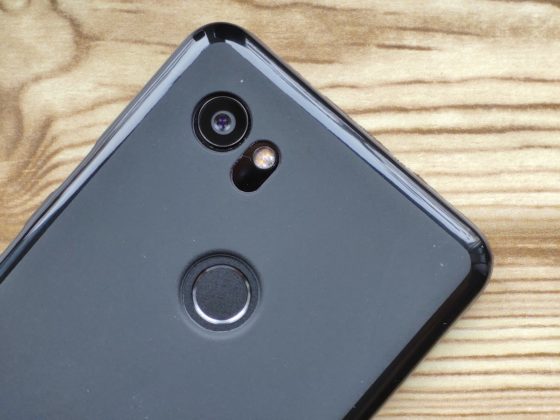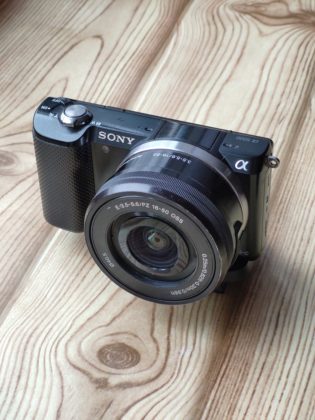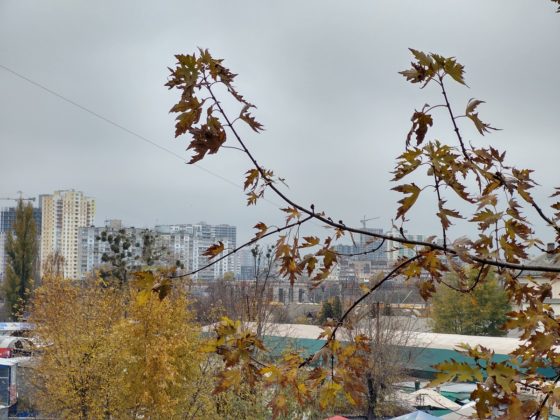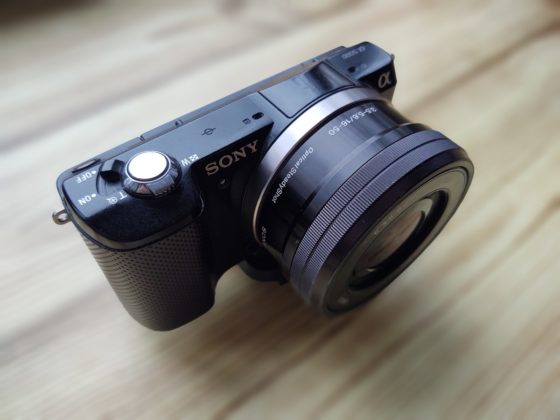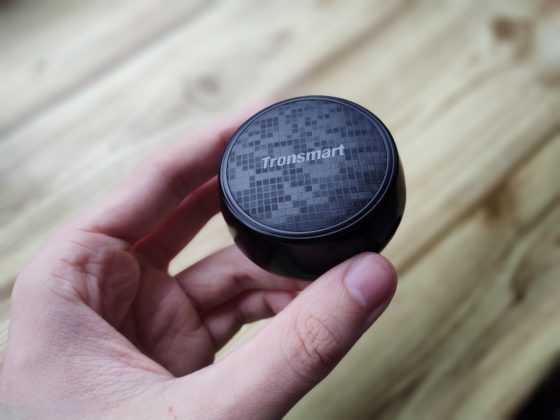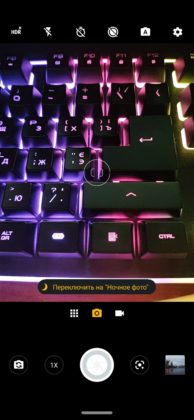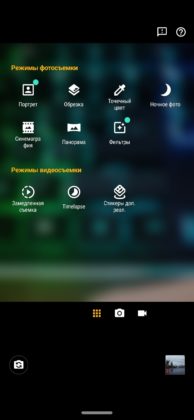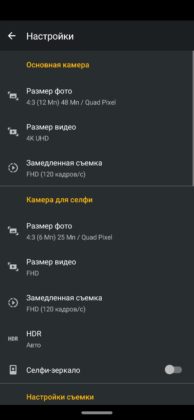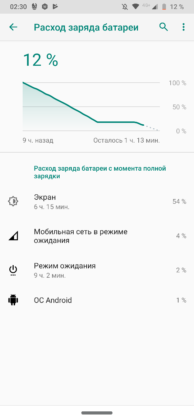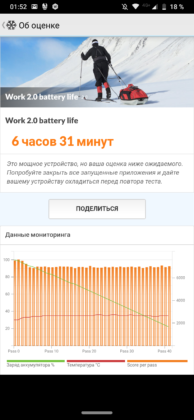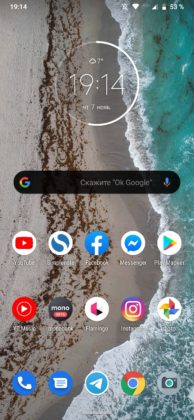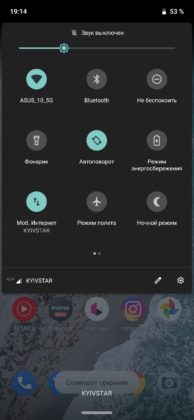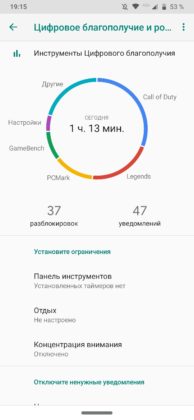© ROOT-NATION.com - Use of content is permitted with a backlink.
During the September IFA 2019 exhibition Motorola announced another phone from the One mid-range line – Motorola One Zoom, which, as the name suggests, emphasizes cameras. In this review, we will try to find out what it has to offer besides the cameras.
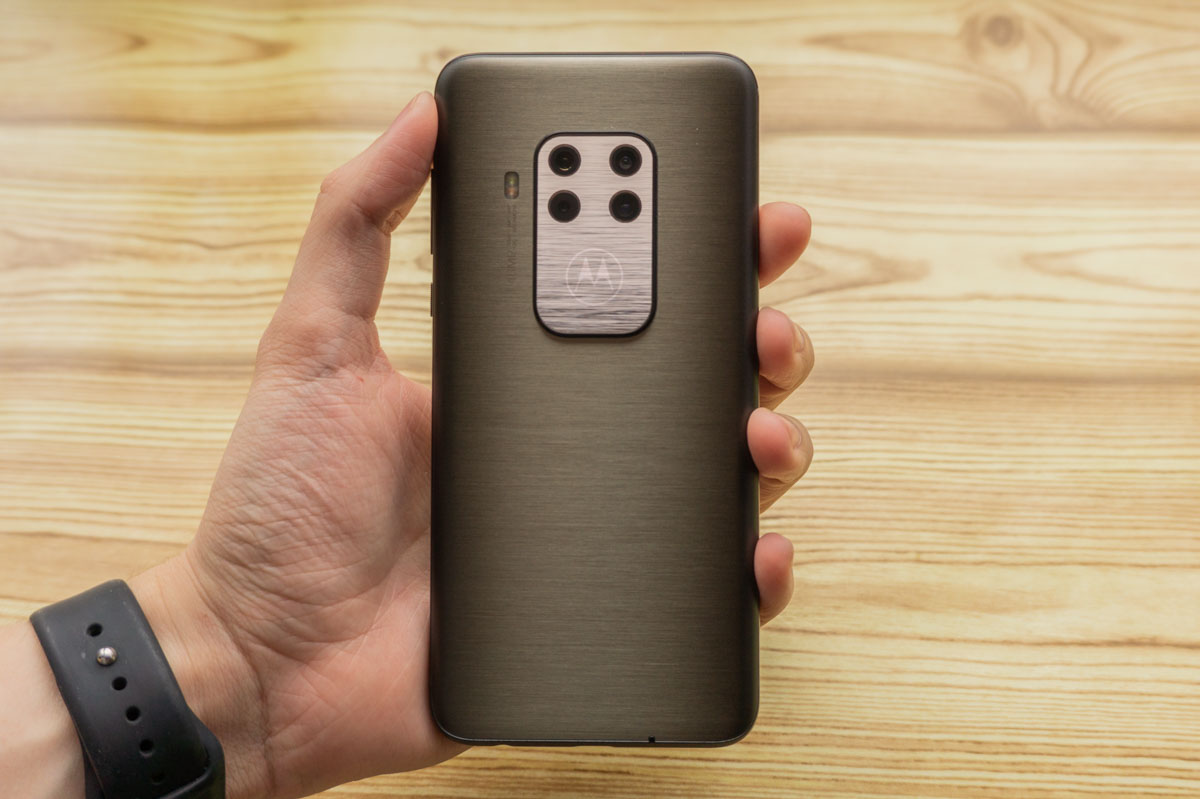
Технические характеристики Motorola One Zoom
-
NETWORK Technology GSM / HSPA / LTE LAUNCH Announced 2019, September Status Available. Released 2019, September BODY Dimensions 158 x 75 x 8.8 mm (6.22 x 2.95 x 0.35 in) Weight 190 g (6.70 oz) Build Front glass, back glass (Gorilla Glass 3), aluminium frame SIM Single SIM (Nano-SIM) or Hybrid Dual SIM (Nano-SIM, dual stand-by) Splash and dust resistant DISPLAY Type Super AMOLED capacitive touchscreen, 16M colors Size 6.39 inches, 100.2 cm2 (~84.6% screen-to-body ratio) Resolution 1080 x 2340 pixels, 19.5:9 ratio (~403 ppi density) Protection Panda King glass PLATFORM OS Android 9.0 (Pie) Chipset Qualcomm SDM675 Snapdragon 675 (11 nm) CPU Octa-core (2×2.0 GHz Kryo 460 Gold & 6×1.7 GHz Kryo 460 Silver) GPU Adreno 612 MEMORY Card slot microSD, up to 512 GB (uses shared SIM slot) Internal 128GB 4GB RAM MAIN CAMERA Quad 48 MP, f/1.7, (wide), 1/2″, 0.8µm, PDAF, OIS
8 MP, f/2.4, (telephoto), 3x optical zoom, OIS
16 MP, f/2.2, 13mm (ultrawide)
5 MP, depth sensorFeatures Dual-LED dual-tone flash, panorama, HDR Video 2160p@30fps, 1080p@30/60fps SELFIE CAMERA Single 25 MP, f/2.0, 0.9µm Features HDR Video 1080p@30fps, 720p@240fps SOUND Loudspeaker Yes 3.5mm jack Yes Active noise cancellation with dedicated mic COMMS WLAN Wi-Fi 802.11 a/b/g/n/ac, dual-band, Wi-Fi Direct, hotspot Bluetooth 5.0, A2DP, LE, EDR GPS Yes, with A-GPS, GLONASS, GALILEO, BDS NFC Yes Radio FM radio USB 3.1, Type-C 1.0 reversible connector FEATURES Sensors Fingerprint (under display, optical), accelerometer, gyro, proximity, compass BATTERY Non-removable Li-Po 4000 mAh battery Charging Fast battery charging 15W MISC Colors Electric Gray, Cosmic Purple, Brushed Bronze
Design, materials and build quality
Motorola One Zoom is gorgeous, not least because it simply does not look like other smartphones. Yes, in front it’s hardly unique – a notch in the screen and asymmetrical indents from below and from above will not surprise anyone.
But. On the back there’s an unusually large block with cameras in the shape of a rectangle with rounded corners and a luminous logo. The glass back panel doesn’t have an annoying iridescent effect. Instead, it has the texture of brushed metal in dark gray and a smooth transition to deep dark at the edges. Looks great, in my opinion.
This design attracts attention and stands out. From afar, One Zoom looks all-metal. But when you take it in your hand, you see that that is not the case. At least it has a matte glass backplate.
It doesn’t collect fingerprints, unlike ordinary glossy glass.
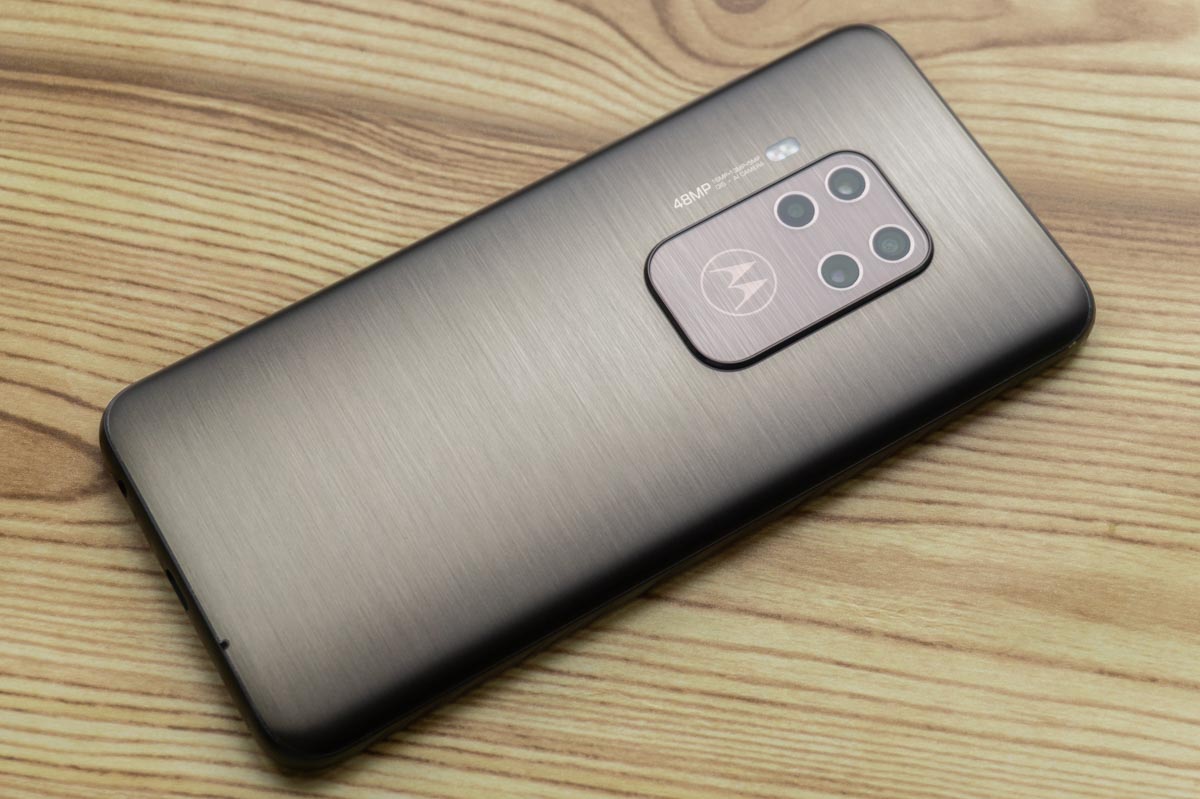
With other materials, the manufacturer also did not disappoint. The front part is covered with glass with a little-known name Panda King. How good is it only time will tell, but the oleophobic coating is applied.
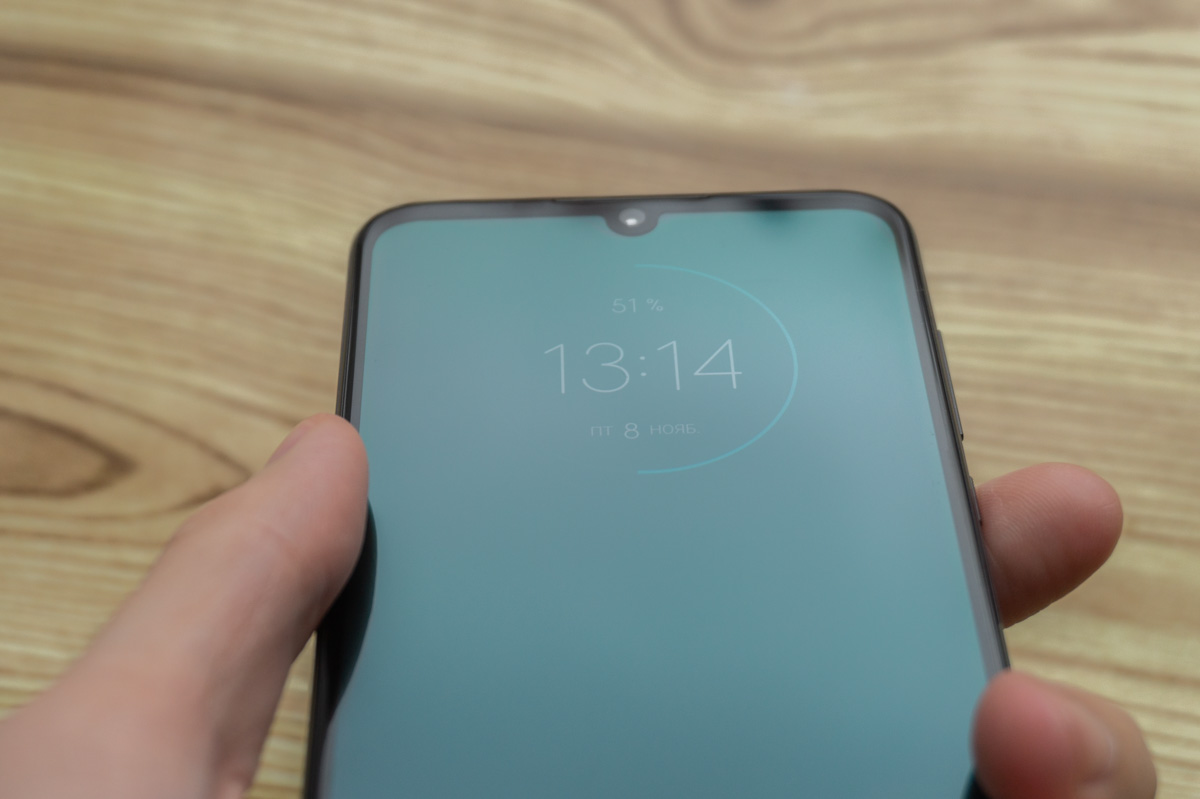
The frame is made of aluminum alloy of the 6000th series, and the proven classic Corning Gorilla Glass 3 is used at the back. Not the latest generation, of course, but that’s not necessary a bad thing. Why? There is a popular opinion that the third version is more scratch-resistant than the newer ones.
The smartphone is built perfectly and it even has a P2i Splash-proof nano-coating, which should protect the device from splashing water and dust. But you must remember that this is not IP67/68 certification and a smartphone may not survive submersion.

There are three possible colors for Motorola One Zoom: Electric Gray, Cosmic Purple, and Brushed Bronze. We tested the Electric Gray model.
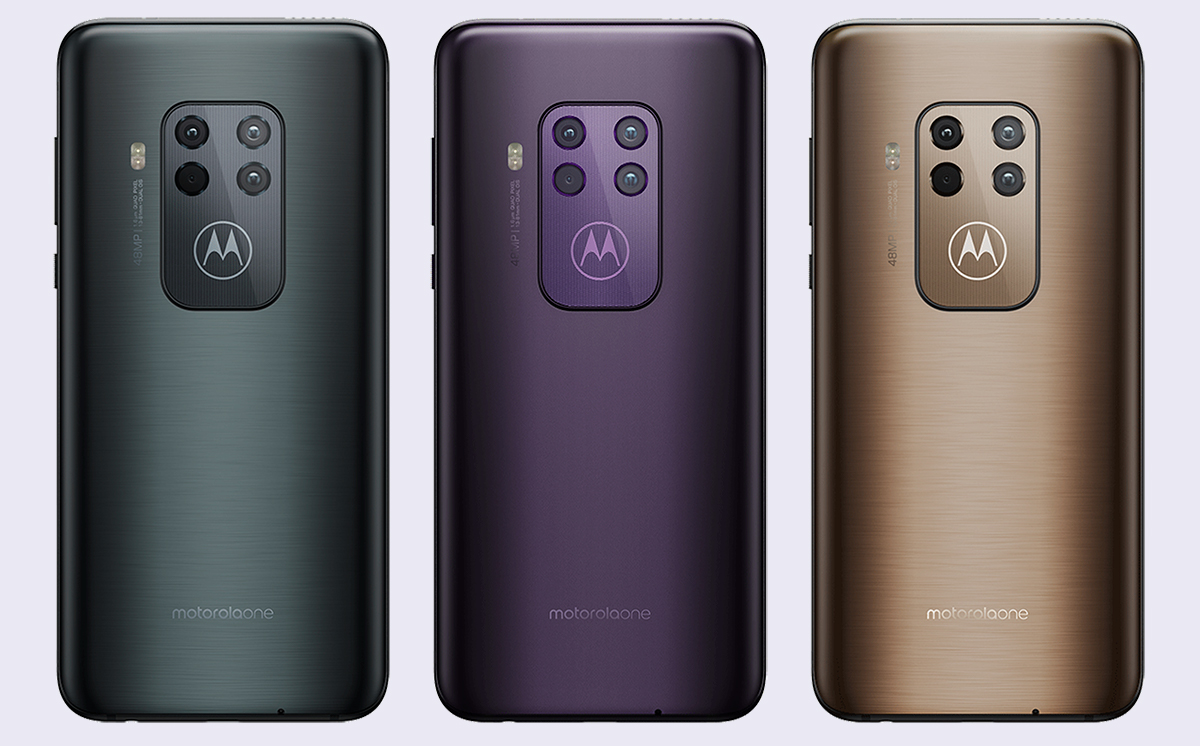
Element configuration
In front is a classic set of front camera, the earpiece speaker, proximity and light sensors. In commercial models there will be no markings, unlike the test sample we have.
On the right are the volume button and the ridged power button. On the left there is nothing safe for the antenna.
Below are: the main microphone, USB Type-C port and a 3.5 mm audio jack. On top you can find a multimedia speaker (atypical placement), a second microphone and a hybrid slot for two nano-SIMs, one of which can be replaced with a microSD card.
At the back of the protruding block are four camera modules, a logo-indicator light (customizable), and to the left camera features and a dual flash. Below in the commercial sample you’ll also get a Motorola One inscription.
The logo can glow when the screen is on, blink during notifications or when charging, and all this can be turned off when you switch to the Do Not Disturb mode.
Ergonomics
Motorola One Zoom is a rather big smartphone with dimensions of 158 × 75 × 8.8 mm and a mass of 190 grams. Because of the 6.39″ diagonal, using the device with one hand is not very convenient. Be careful, because it is quite slippery.
The little notched power button is easy to find. But I was also a little confused by the location of the camera unit – the index finger lies directly on the logo and can touch individual lenses, because the glass is everywhere. This pedestal also stands out a bit, so you better buy a cover.
Motorola One Zoom Display
Here we have a 6.39-inch Super AMOLED screen. The resolution is Full HD+ (2340 × 1080 pixels). The aspect ratio of the screen is 19.5:9 and the pixel density is 403 ppi.
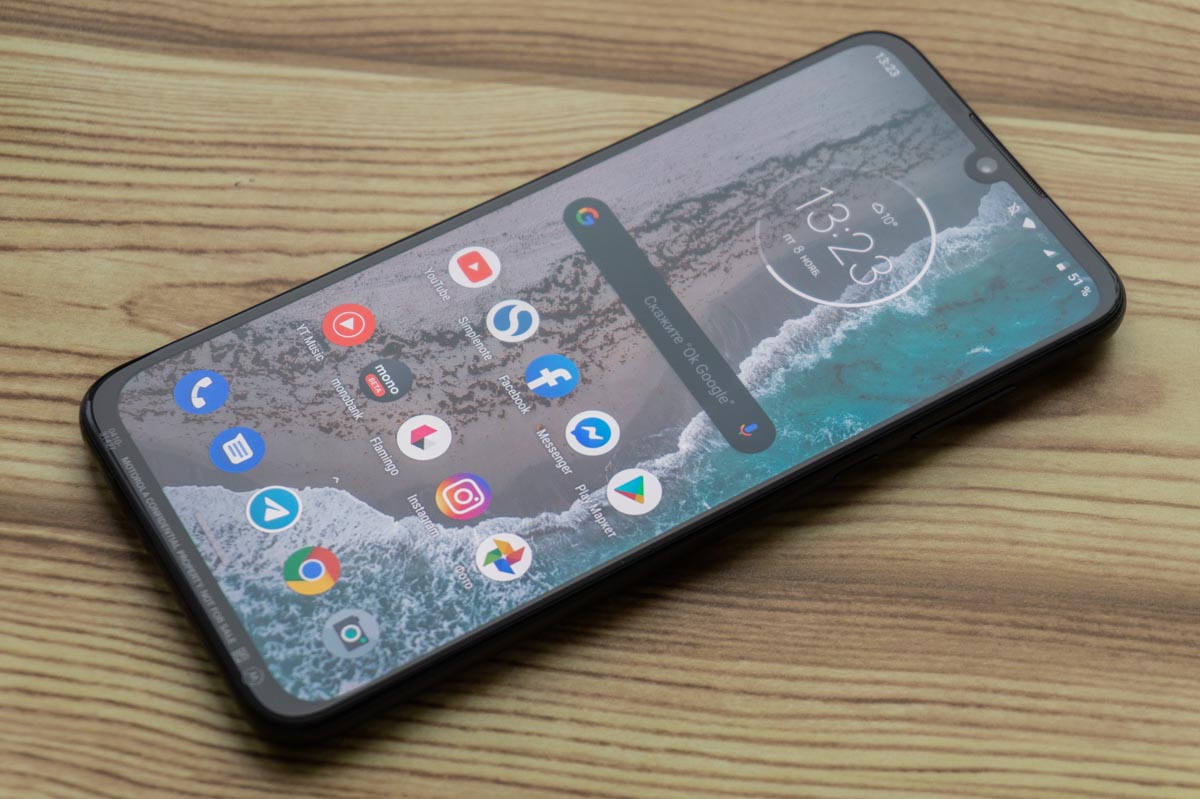
In general, this is a good OLED panel, with traditionally deep black saturated colors (optional), good viewing angles and the usual tints of white at an angle.
It all depends on the selected display mode in the settings. There are three of them: natural, bright and saturated. The names speak for themselves, so everyone can choose what they like. I settled on the average because I prefer a more realistic picture.
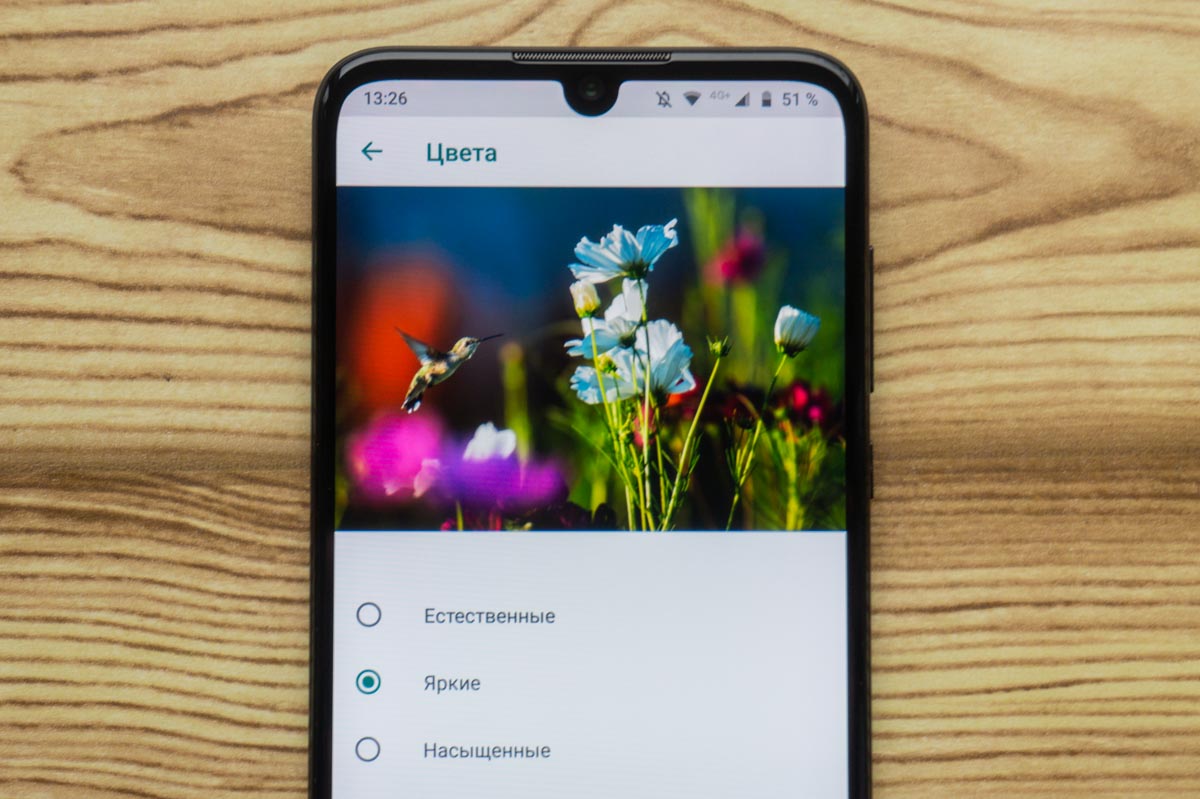
The screen surprises with its brightness – it is bright, so there is no problem with readability even in the sun. Although the gray tones go red in the minimum brightness levels. Most likely, there will be no such problem in commercial devices.
There are few settings at first glance – the night mode and the mentioned color presets, and the rest of the features are contained in the Moto application, in the Moto Display submenu. There is an “attentive display” – the screen will not go blank while you are looking at it. And the special mode which allows you to respond to notifications.
I’m not talking about Always-On in the usual format, because time is not displayed constantly, but only if some action occurs: double tap, triggering by the proximity sensor or when lifting the smartphone.
Motorola One Zoom Performance
The smartphone chipset is an 11-nm Qualcomm Snapdragon 675 with eight cores and Adreno 612 graphics. Two Kryo 460 Gold cores can operate with a maximum clock frequency of up to 2 GHz, and the remaining 6 Kryo 460 Silver cores with a frequency of up to 1.7 GHz.
The Motorola One Zoom has only one configuration with 4 GB of RAM and 128 GB of storage. On the one hand until recently even the flagship Google Pixel had only 4 GB of RAM. But in Moto I would like to have more, because rival models almost always have at least 6 GB now.
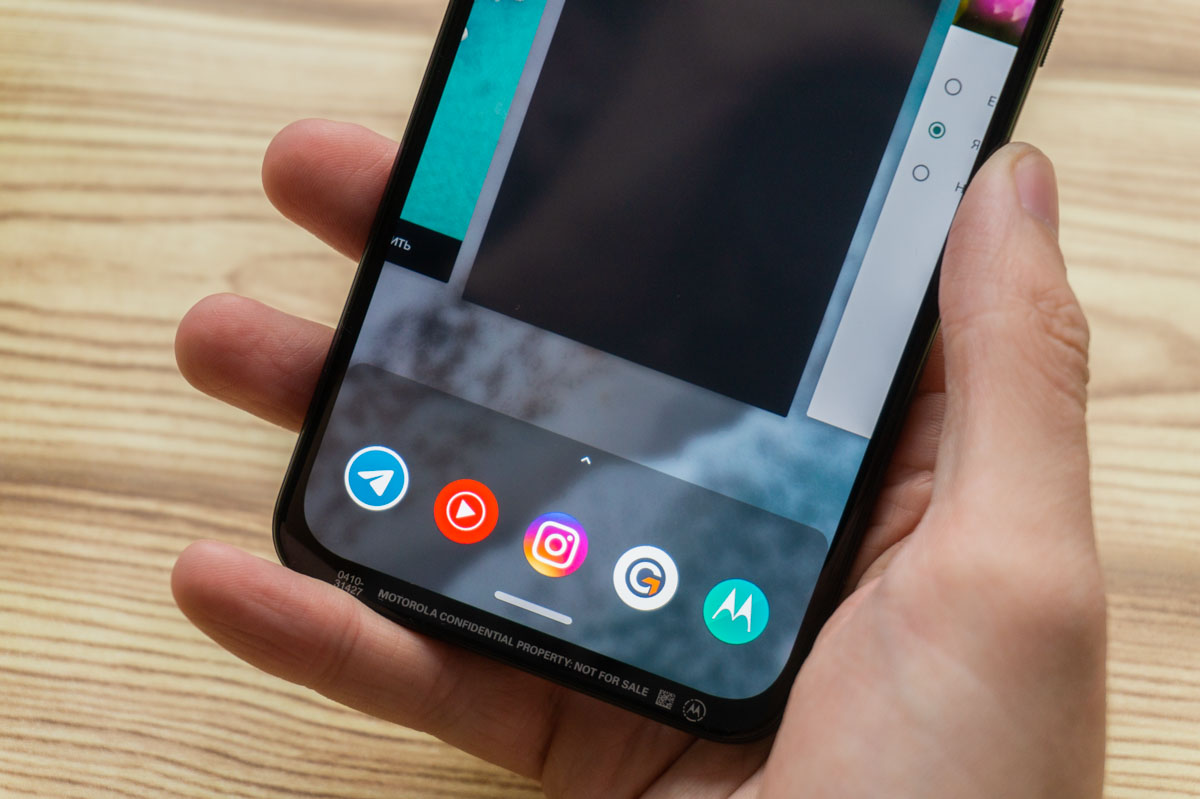
Nevertheless, you can interact with several applications with no fuss. The storage capacity is 128 GB, of which 105.40 GB are available to the user. You can install a microSD card up to 512 GB, but only if you do not need a second SIM card.
One Zoom works fine on this hardware. The interface is smart, responsive and smooth. The platform also copes with games relatively well. But not always, of course, the graphics settings will be set to maximum.
For a more comfortable FPS in dynamic shooters, you will have to lower some graphic parameters. Using Gamebench, the average FPS in games is:
- PUBG Mobile – high graphics settings with smoothing and shadows, an average of 30 FPS
- Shadowgun Legends – ultra-graphics, an average of 19 FPS
- Call of Duty Mobile – very high, all effects are included, the “Battlefront” mode is ~ 36 FPS; Battle Royale – ~ 24 FPS
Also, the test sample got significantly warm and the heat was perceptible through the back of the smartphone.
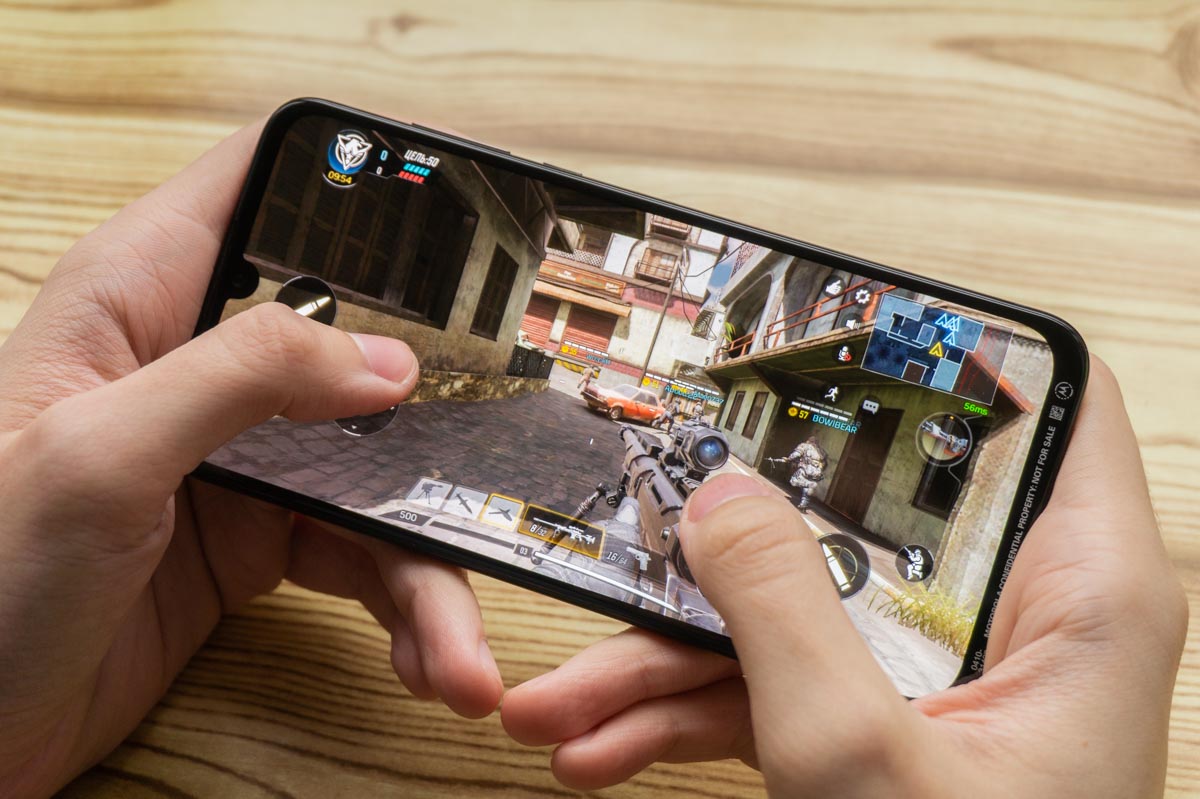
Motorola One Zoom Cameras
The main feature of Motorola One Zoom. The last word in the title alludes to this directly. But let’s start at the beginning. There are 4 cameras in the main unit:
| MAIN CAMERA | Quad | 48 MP, f/1.7, (wide), 1/2″, 0.8µm, PDAF, OIS 8 MP, f/2.4, (telephoto), 3x optical zoom, OIS 16 MP, f/2.2, 13mm (ultrawide) 5 MP, depth sensor |
|---|---|---|
| Features | Dual-LED dual-tone flash, panorama, HDR | |
| Video | 2160p@30fps, 1080p@30/60fps |
| SELFIE CAMERA | Single | 25 MP, f/2.0, 0.9µm |
|---|---|---|
| Features | HDR | |
| Video | 1080p@30fps, 720p@240fps |
The manufacturer added optical stabilization, and not only to the main module, but also to the tele-module, where stabilization is very important. It is also worth mentioning that, unlike competitors with 48 megapixels, it is impossible to take a photo with this resolution on One Zoom. Quad Pixel technology is applied and by default there is 12 megapixels, the manufacturer recommends it, and the other available resolution can only be lower, 8 megapixels.
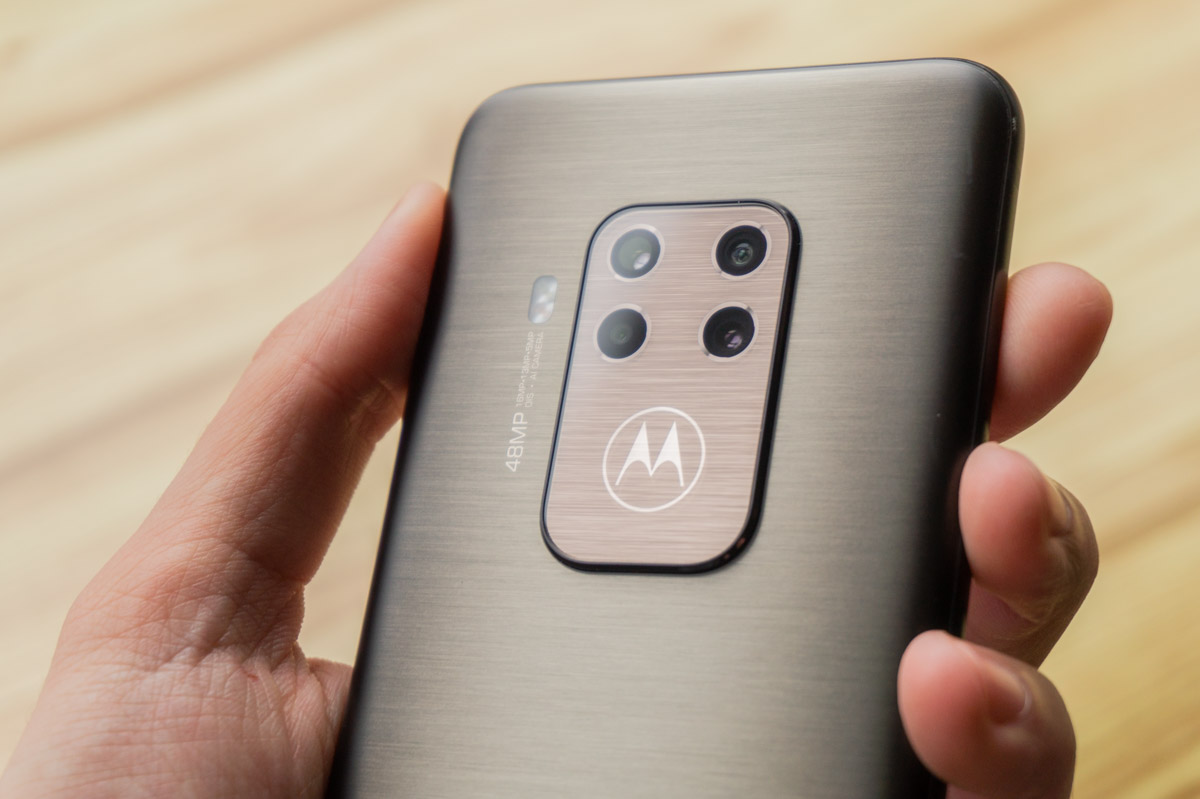
The main sensor makes great photos during the day and in a room with good lighting. Photos are sharp, with details and natural color rendering without any hints of embellishment (if you do not include optimization with AI). But in worse conditions the pictures aren’t great. In the evening you get either a lot of noise, or the “watercolor effect”. Even the night mode does not cope very well, although sometimes it makes the pic lighter and better than in the standard mode. But it is possible that this is the problem of the early engineering sample.
An ultra-wide-angle module under excellent conditions shows a predictably ordinary results. It’s all very usual for a model of this type. Not very detailed photos, blurring around the edges and no autofocus. Not bad, but not great either.
An ultra-wide-angle module with a 3-x zoom turns on if there is a lot of light, and in other situations you will receive a crop from the main module. You can safely use it, because all the key parameters are kept at a good level. But you should always remember that the module is very demanding of light.
Portrait photographs with blurred backgrounds are generally neat, though not always, of course. During shooting, you can change the degree of blur and choose different effects. It also works with objects, but in my opinion a little worse than with people.
Video is recorded in maximum 4K resolution with 30 FPS on the main module and 1080p on two additional ones. The result can be called good, plus optical stabilization helps out. But in addition, you can also enable electronic stabilization at any resolution. With electronic there is a familiar small crop and sharp movements are not rendered out very well, but nevertheless. Additional modes: slow-mo in Full HD and 120 FPS or HD and 240 FPS, as well as time-lapse up to 4K.
The front camera is 25 megapixels (f/2.0, 0.9µm), and it’s solid enough. You can take good selfies, plus all the effects from the main unit can be applied here.
The camera application is convenient, there are all the necessary modes. They also include manual mode which supports RAW format.
Unlocking methods
There are two of them: a fingerprint scanner built into the screen, and a face recognition unlocking system. The fingerprint scanner is very good in terms of both stability and speed. It is always inactive – you need to either touch the smartphone slightly, or hold your palm over the display or make a double tap. You can choose the animation during recognition and turn on the highlighting of the scanner area on idle screen.
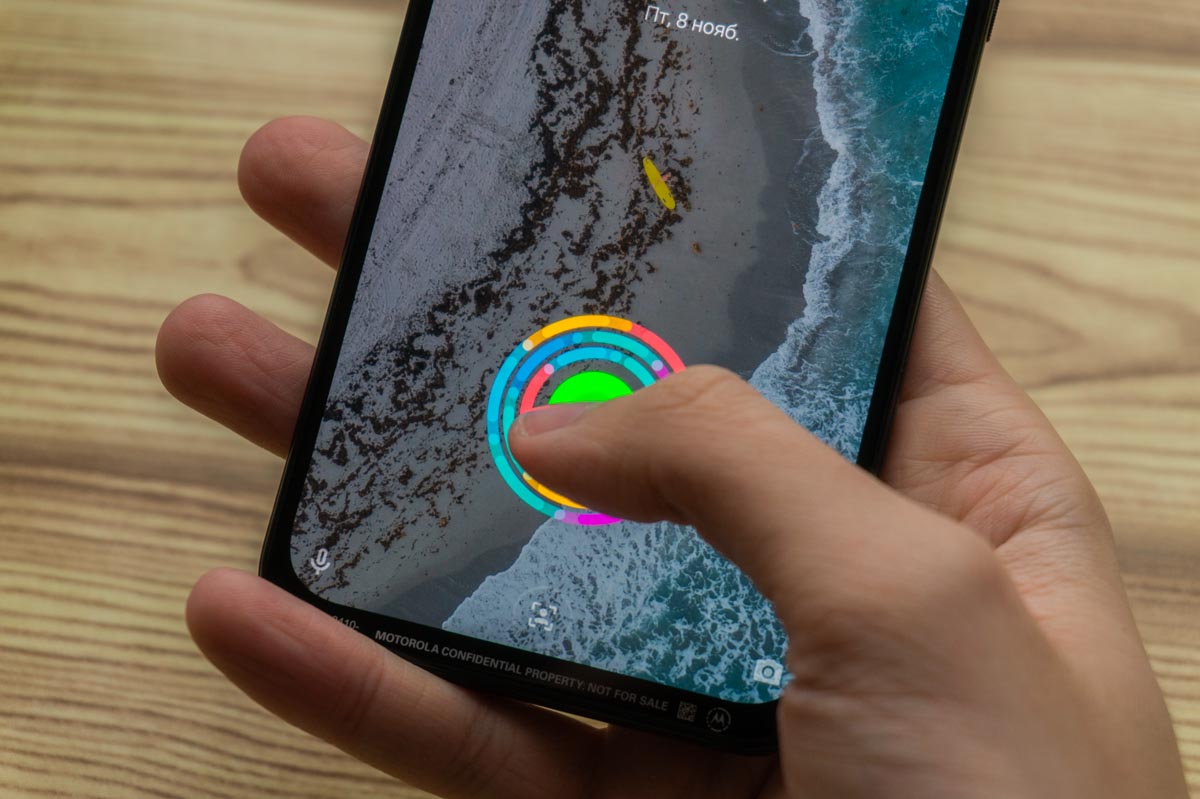
The second method also works quite fine, but it’s not very fast. It doesn’t work in complete darkness, because the screen brightness does not automatically increase.
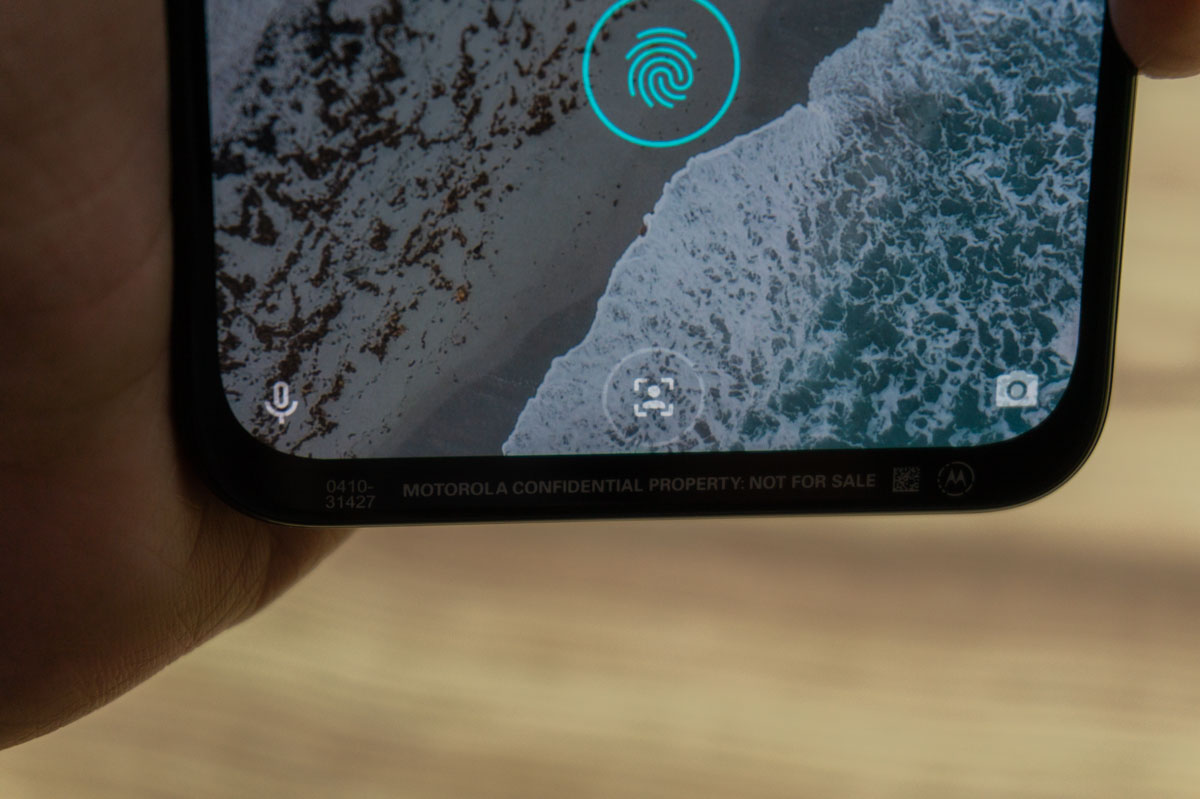
Motorola One Zoom Battery life
The Motorola One Zoom has a 4000 mAh battery. This figure makes it clear that the smartphone will probably work all day. In fact, Motorola has always impressed in that regard. Motorola Moto G5 Plus with only 3000 mAh produced 7-8 hours of active screen.
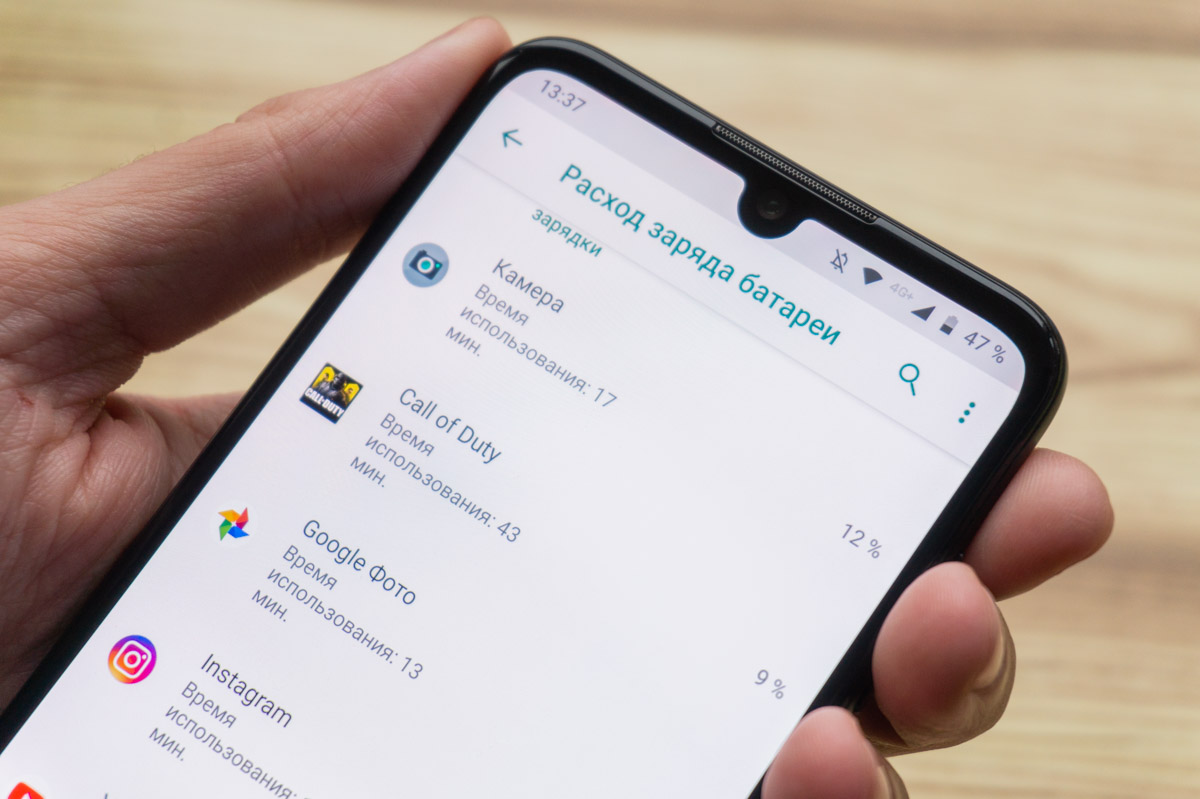
Here’s everything is fine as well. An average of 6-6.5 hours of active screen with 24 hours of total work. Less demanding users will probably be able to stretch it out for longer. In PCMark 2.0 with maximum brightness the smartphone managed to hold out for 6 hours 31 minutes.
Naturally, there is support for the proprietary 18W TurboPower fast charging, but I couldn’t test it.
Sound and communication
The sound of the speaker is simple, nothing unusual – good audibility and appropriate quality. Multimedia speaker is located in a strange place, on the upper edge, shifted to the left. It’s good, but the volume margin is small. At maximum volume there is distortion. You can listen to music through wired headphones since on the bottom there is a 3.5 mm port.
There is no problem at all with Bluetooth. The volume margin is unusually large, which is obviously a plus. The quality is also great. I used Tronsmart Spunky Pro and RHA MA650 Wireless and the sound was as good as I hoped.
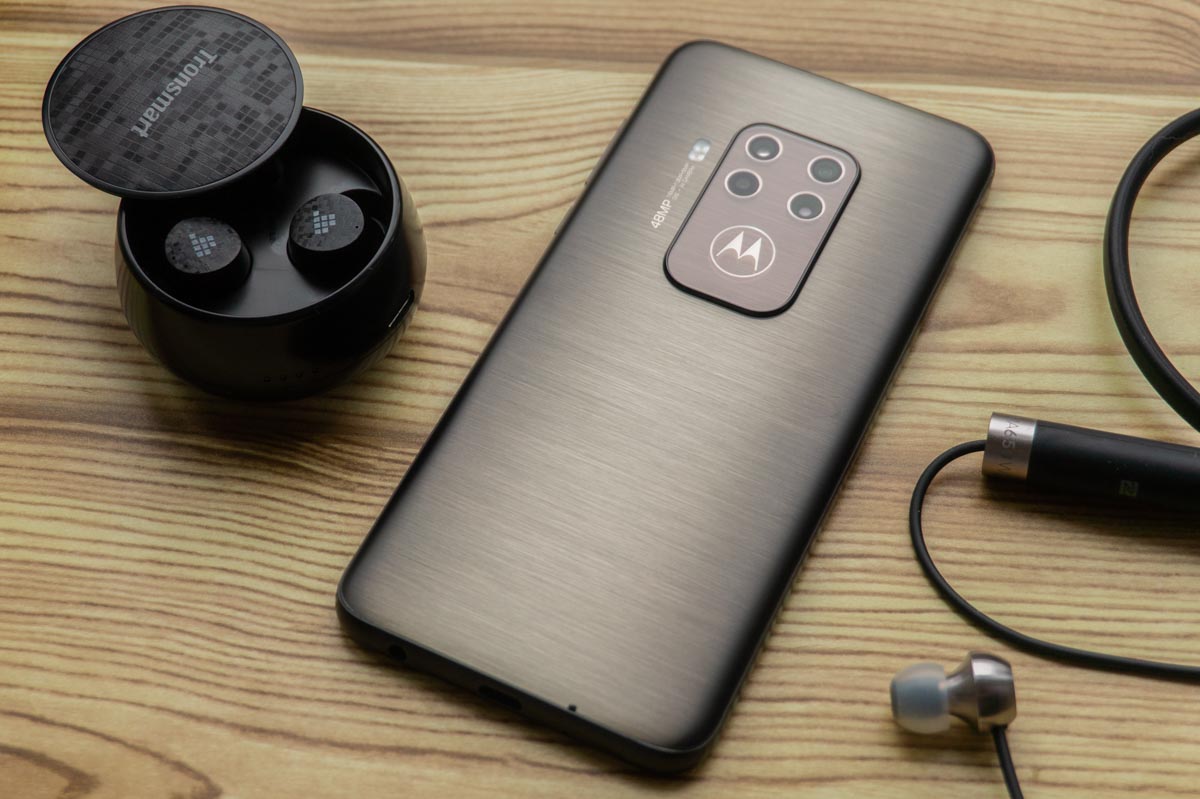
The vibration function works fine. It’s not Xiaomi, but it’s not Pixel either.
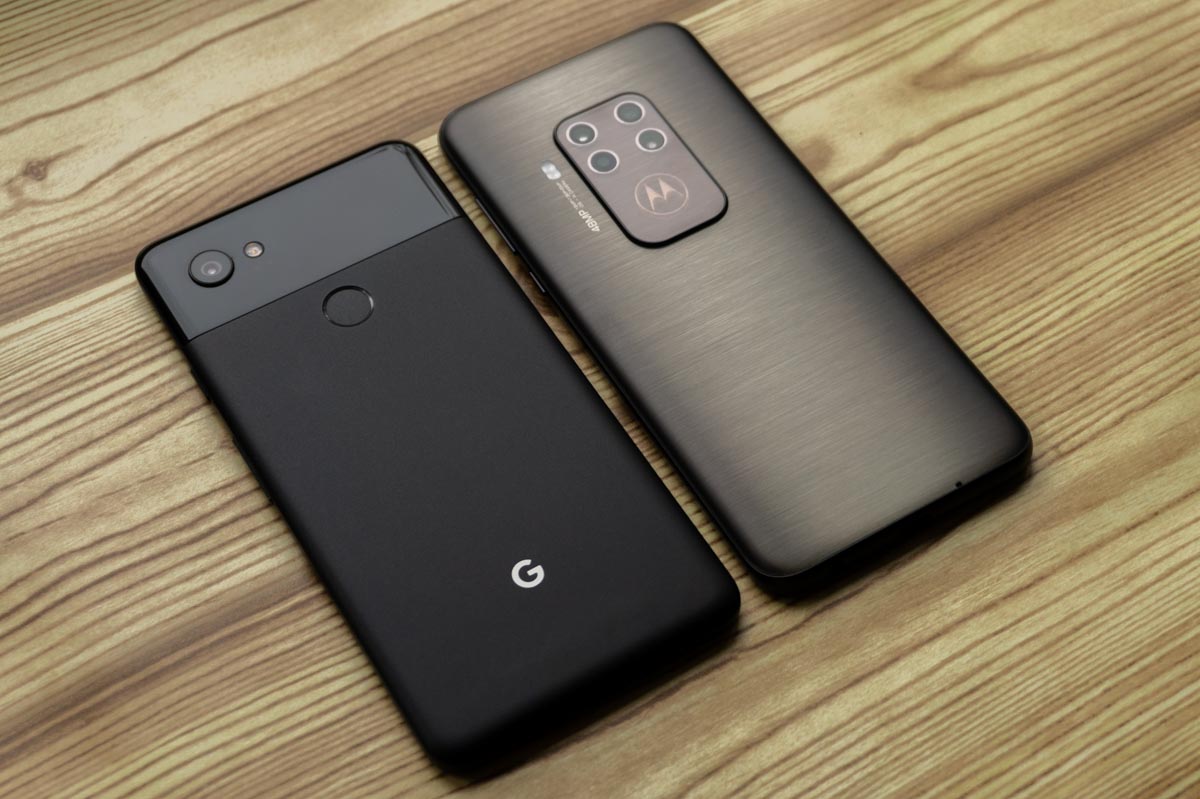
There are plenty of wireless modules here and all of them are relevant and in demand: Wi-Fi 802.11 5 (a/b/g/n/ac) and Bluetooth 5.0 (A2DP, LE, EDR) work fine. GPS (A-GPS, GLONASS, GALILEO, BDS) is in place, as well as NFC.
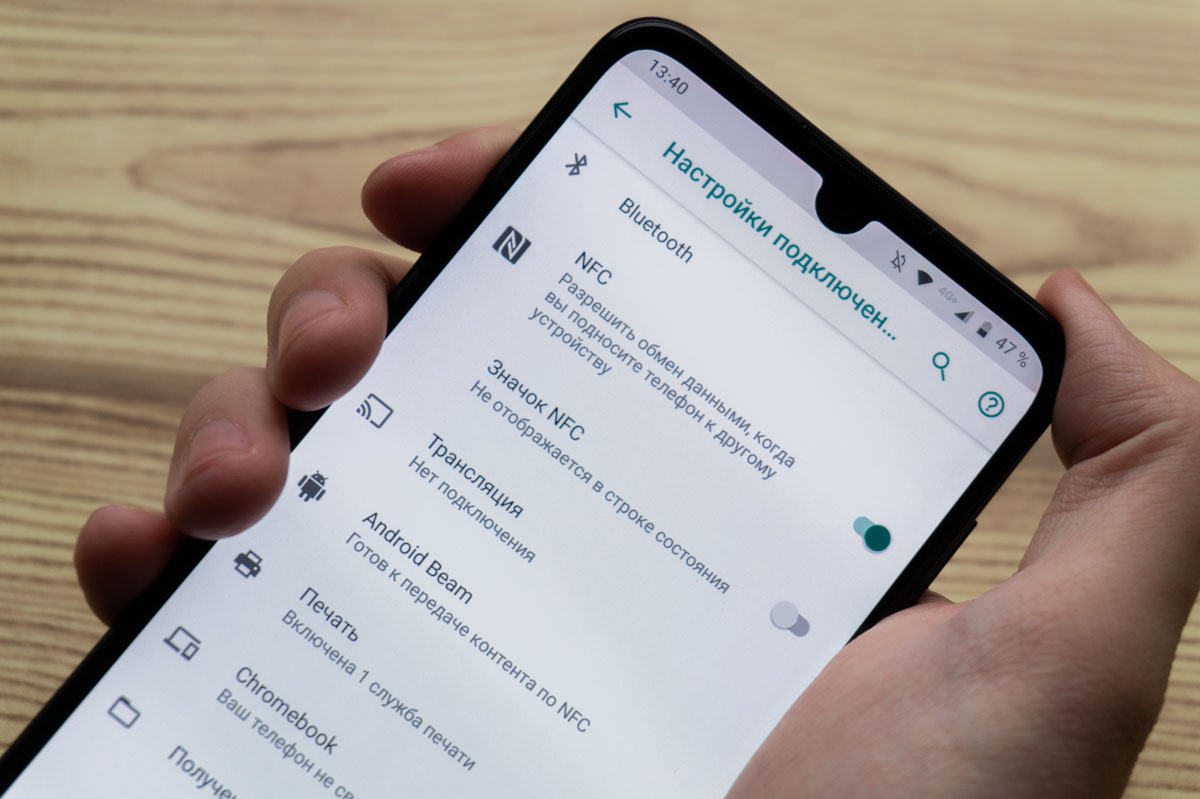
Firmware and software
It uses “clean” Android 9 Pie with additional settings from Motorola. For example, you get an indicator on the back. But basically everything is concentrated in the Moto application: a lot of gestures and another navigation system.
Verdict
Motorola One Zoom is an interesting and stylish smartphone which stands out from the rest of the devices. In addition to attention-grabbing design, it has a good display with a large margin of brightness. Performance is sufficient for all tasks, the battery life is also not bad, and there is NFC, with excellent software on board.

The main question is: are the cameras good? On the current software, the results are far from the best, but I’m sure that the new updates will improve things. But one thing is certain – a 3x optical zoom is very rare for a mid-ranger and it certainly sets Motorola One Zoom apart from the competition.
Subscribe to our accounts:


